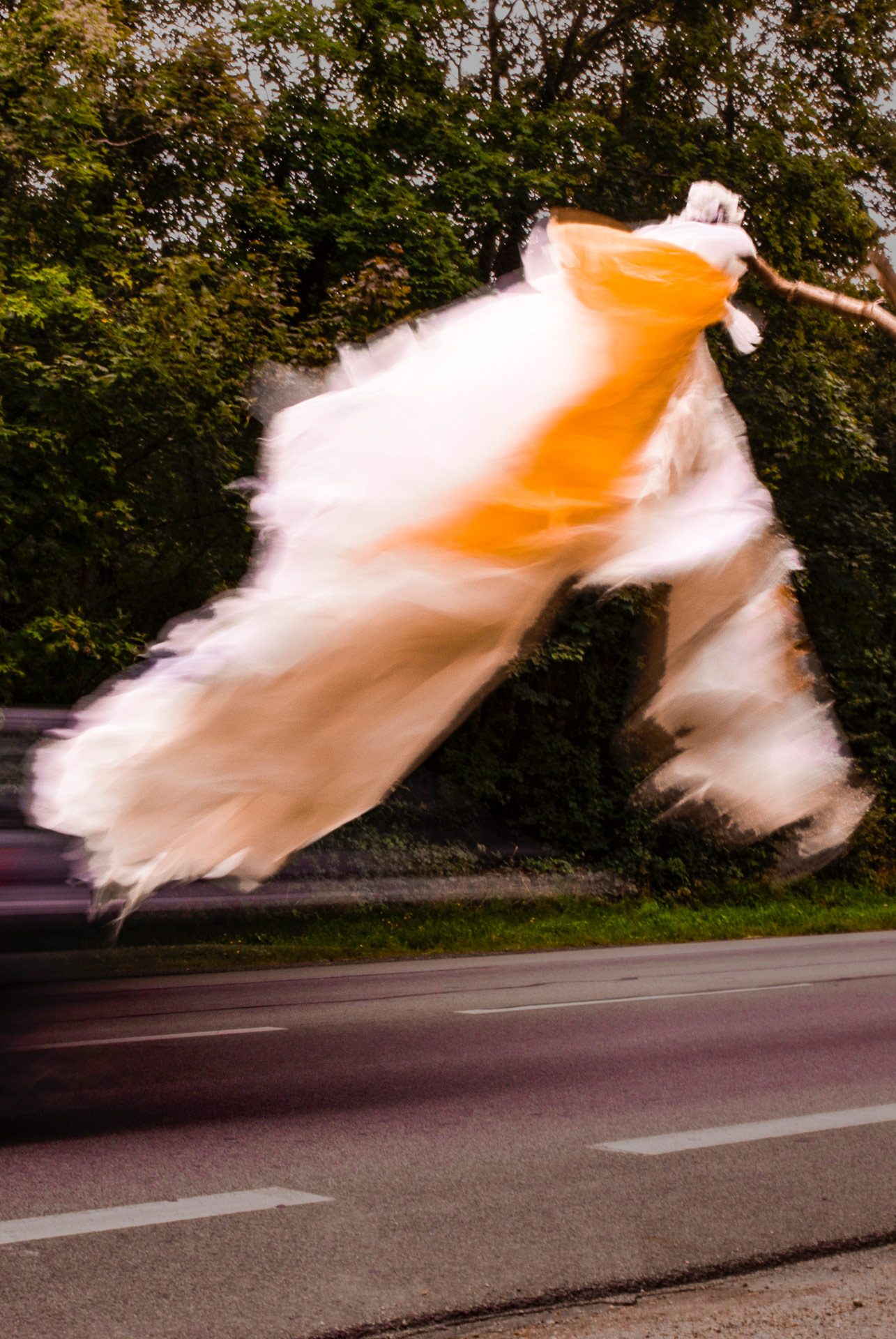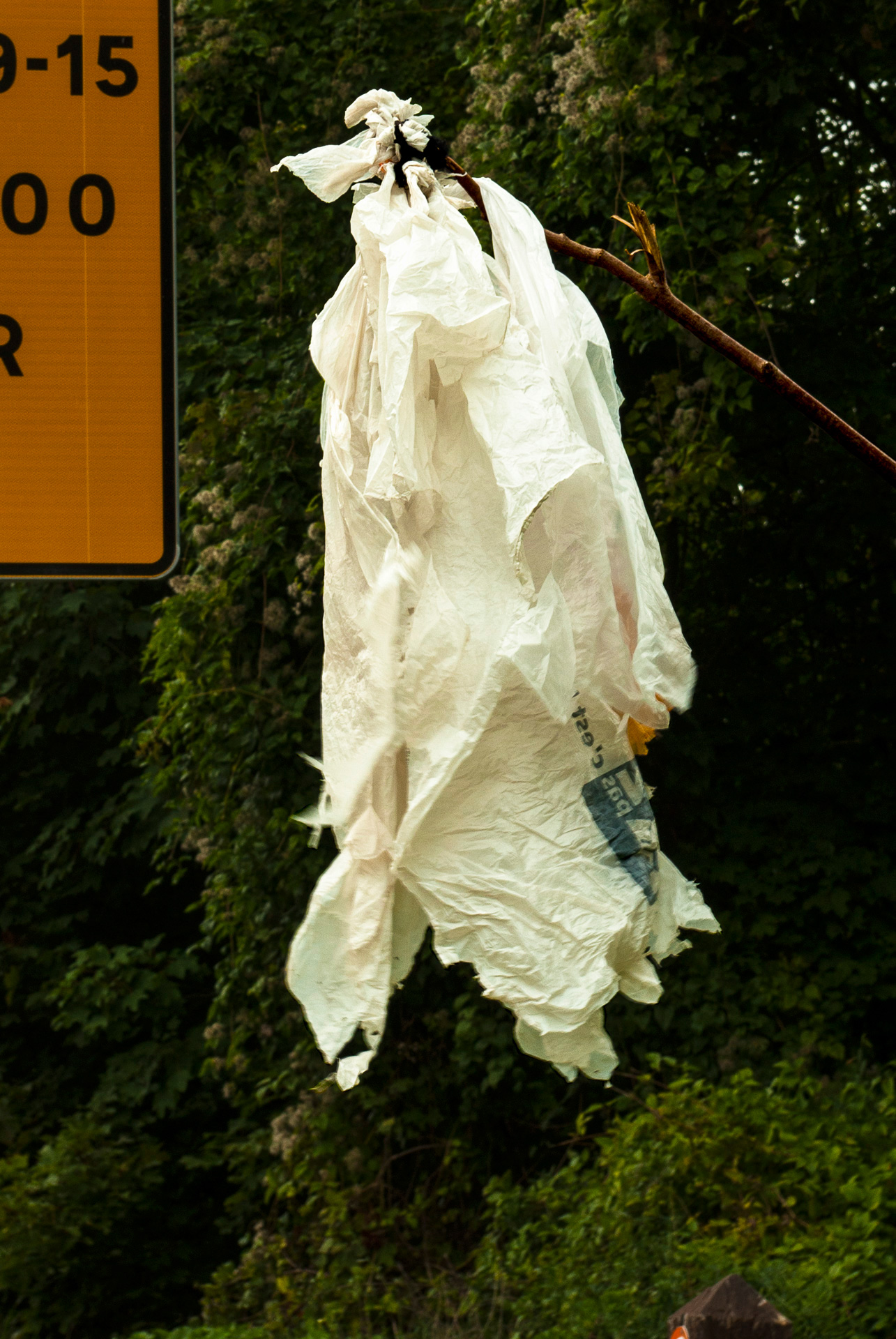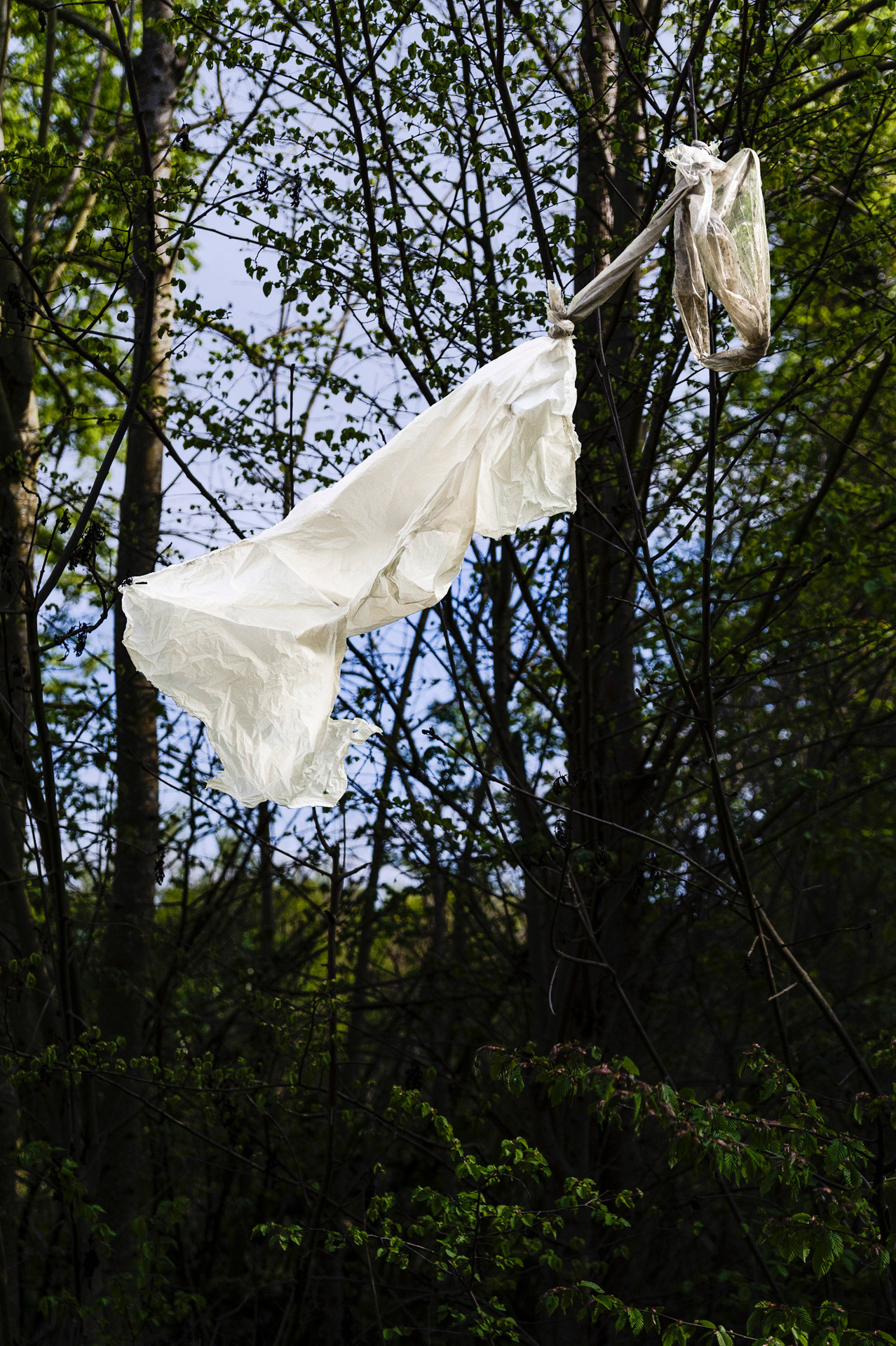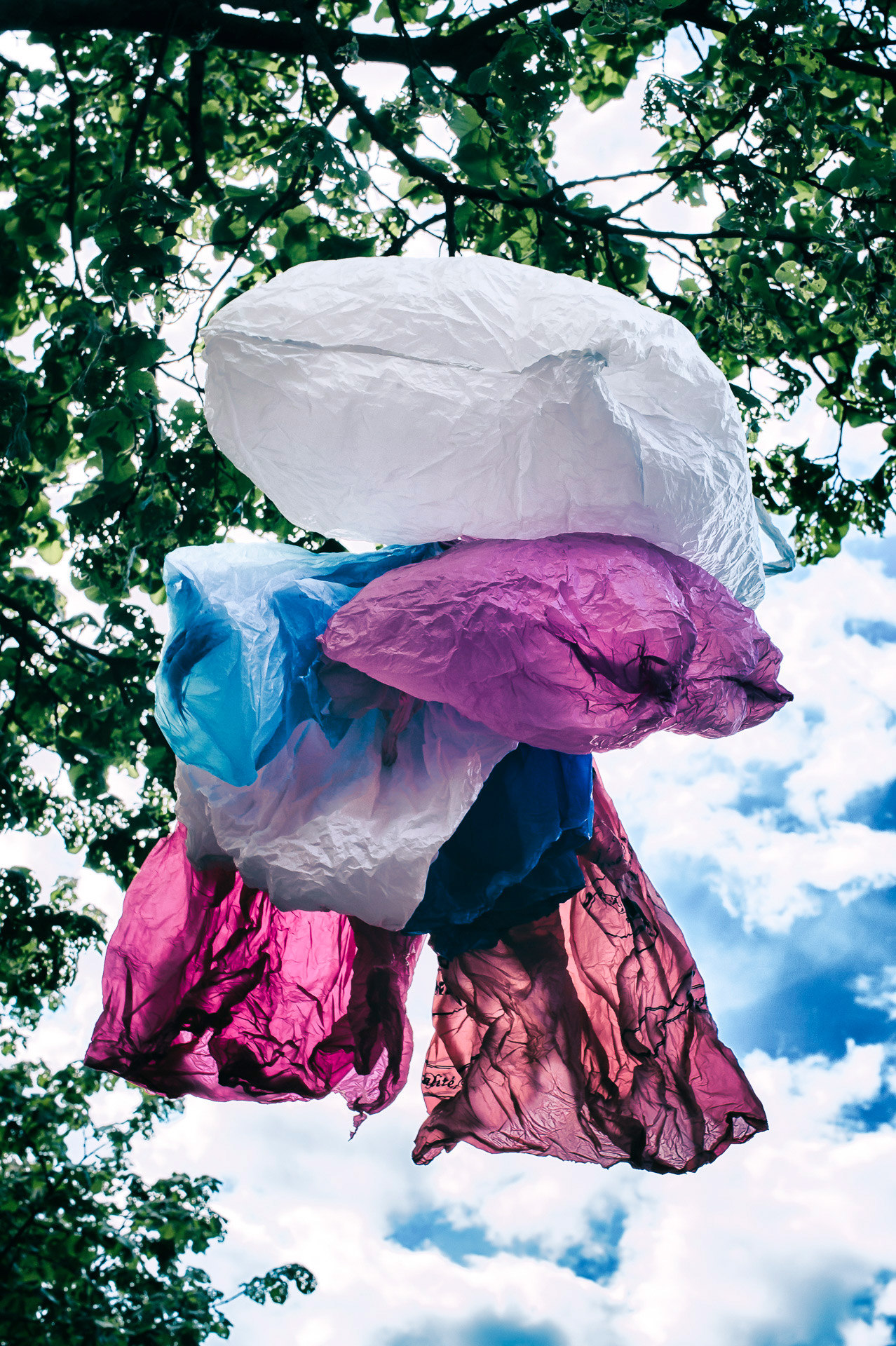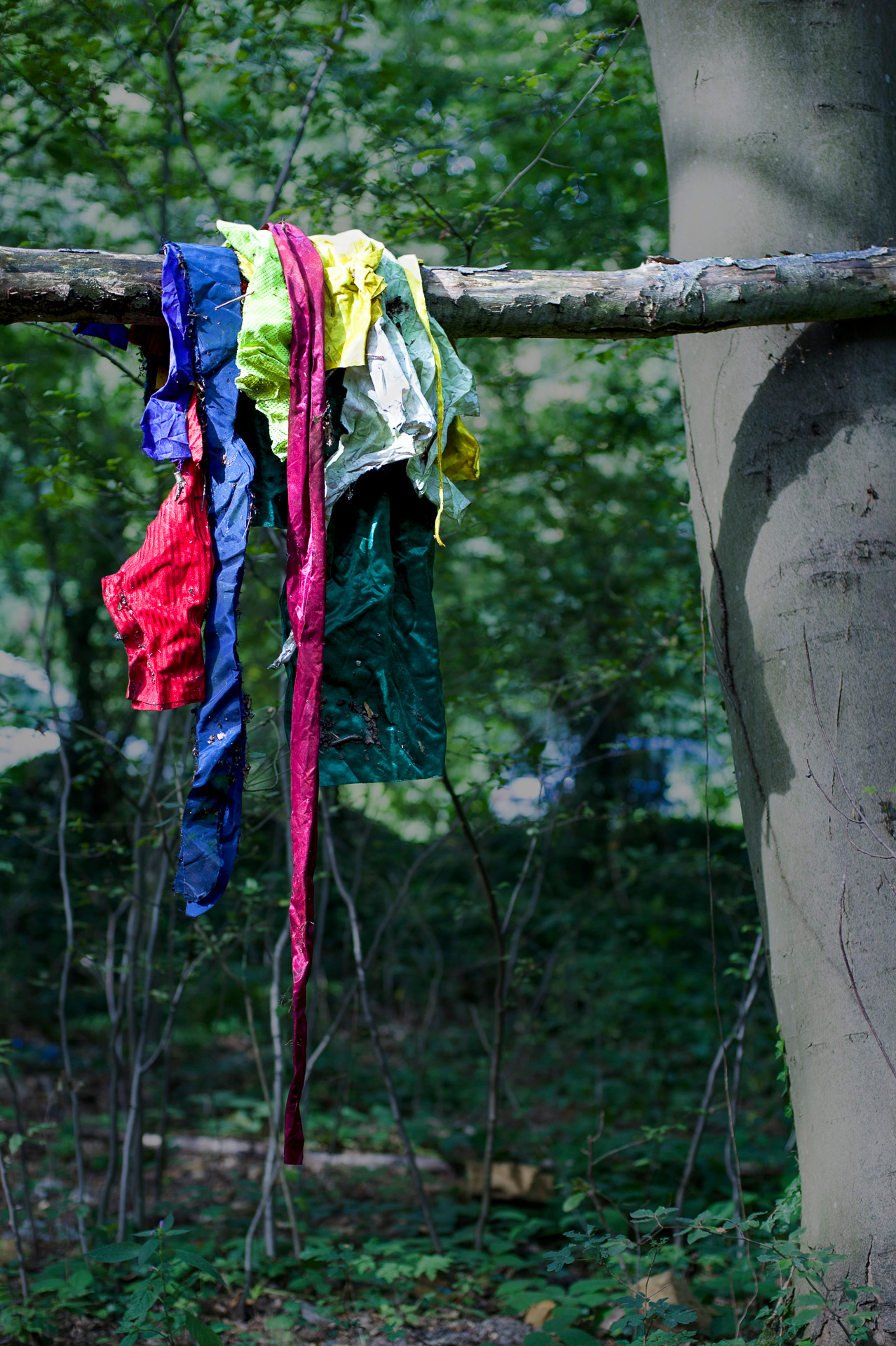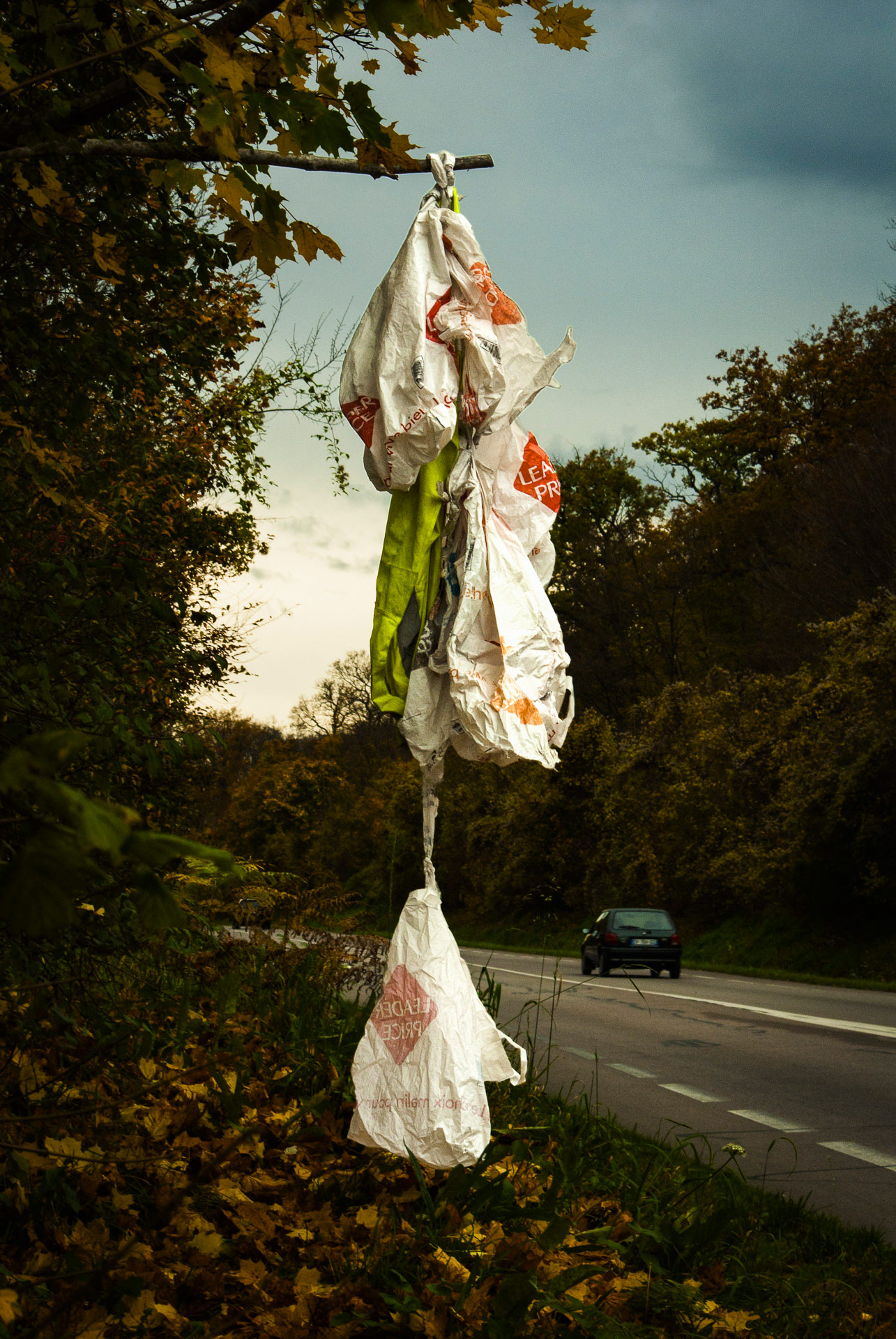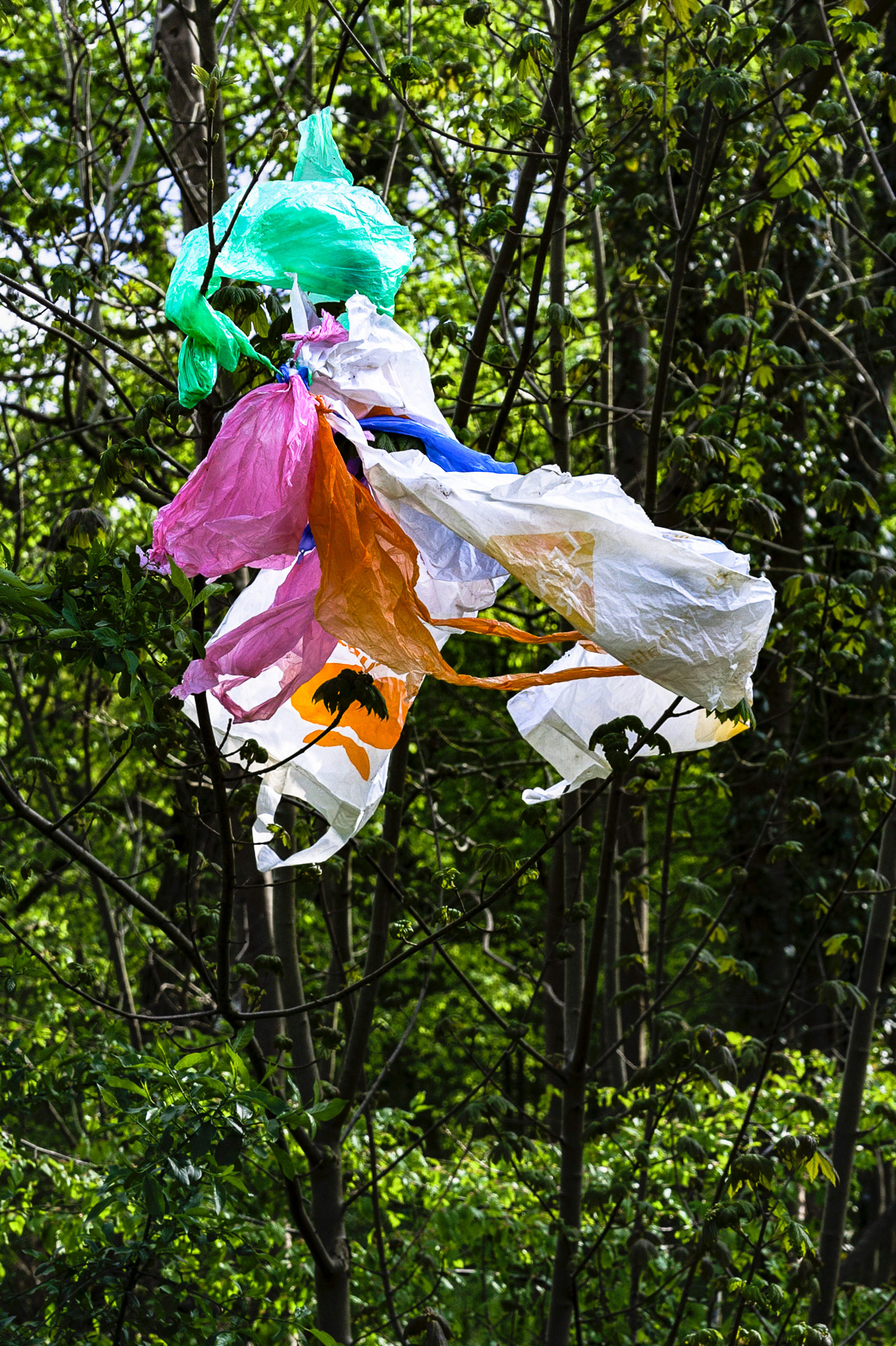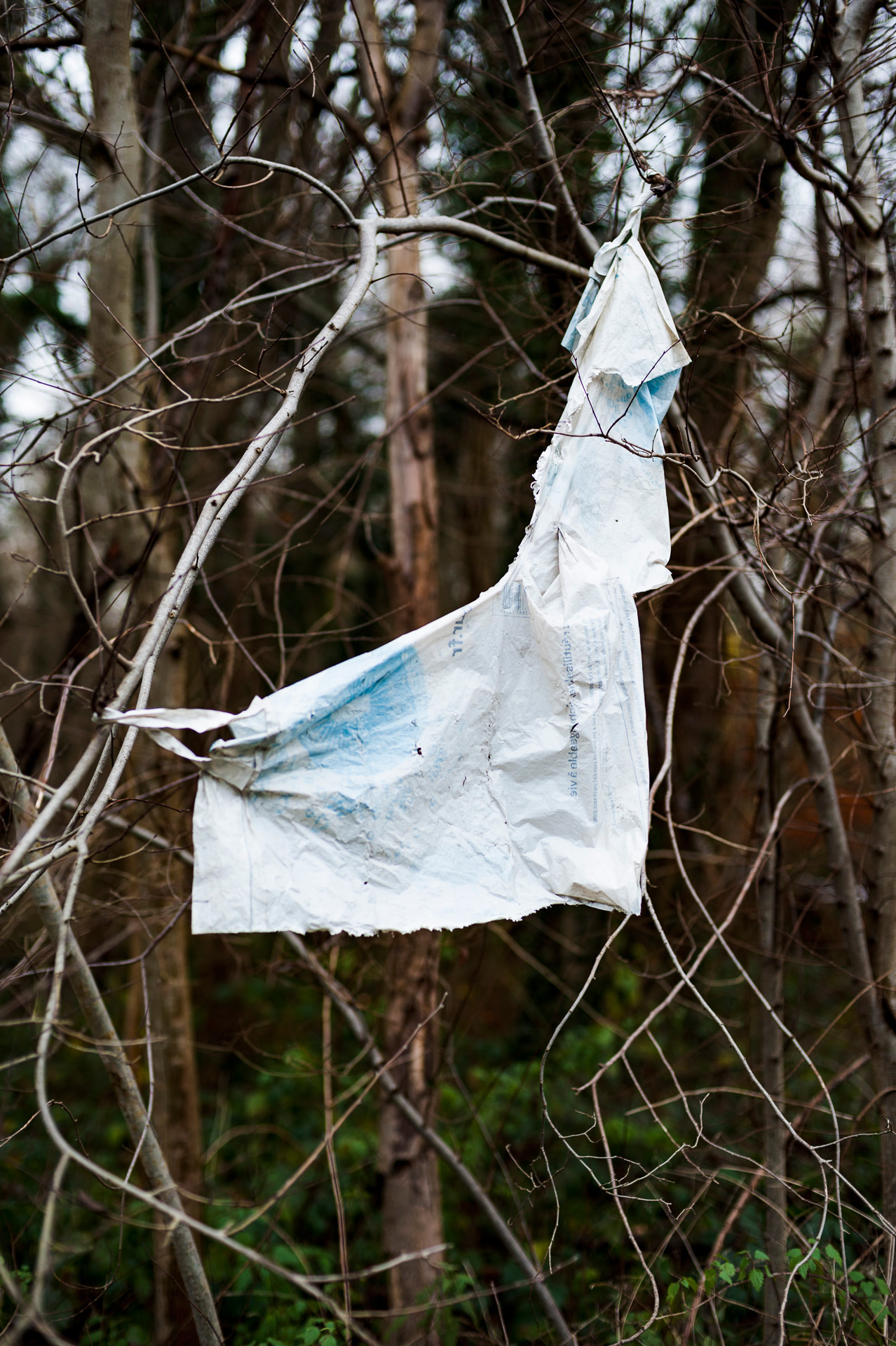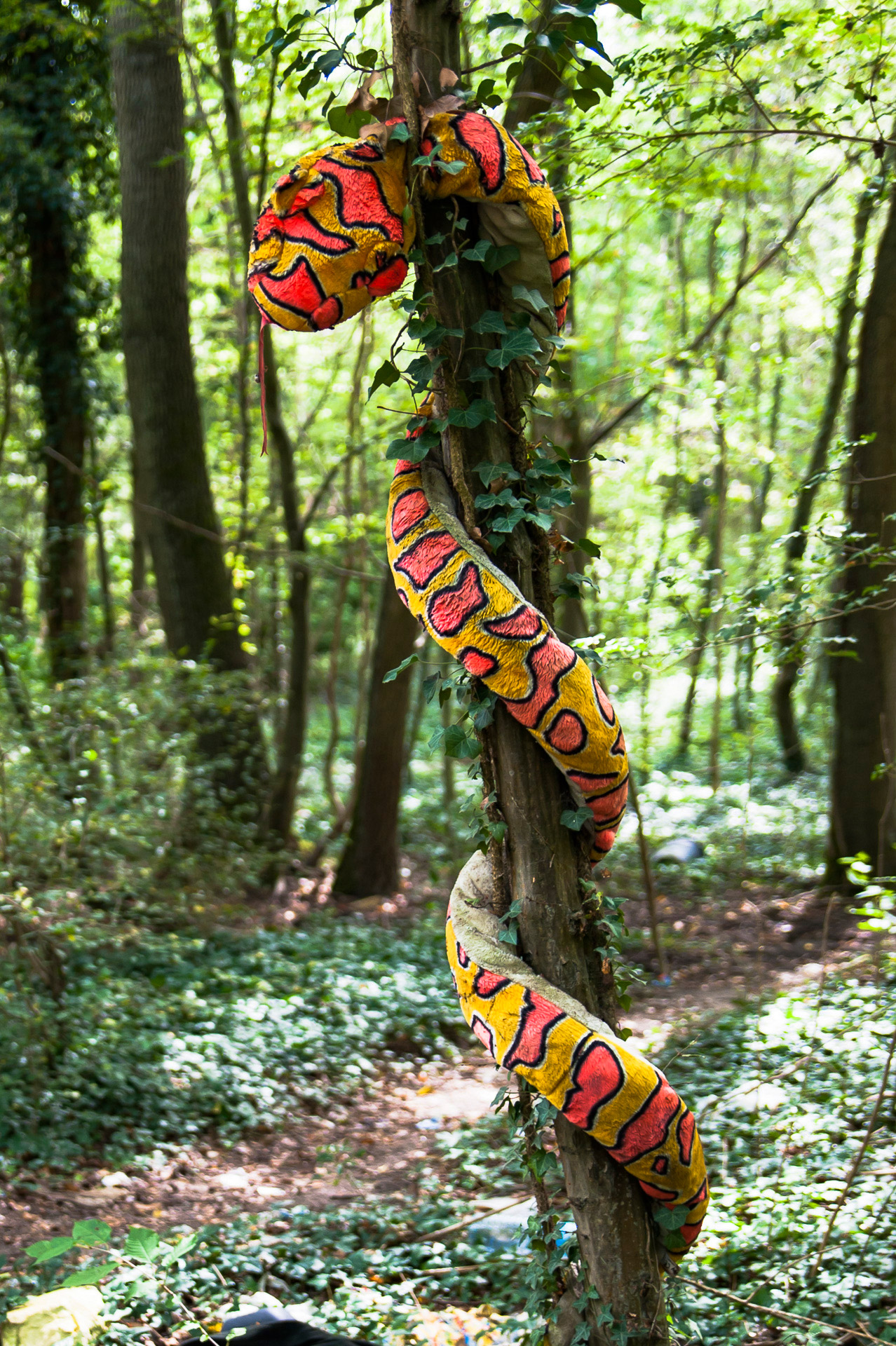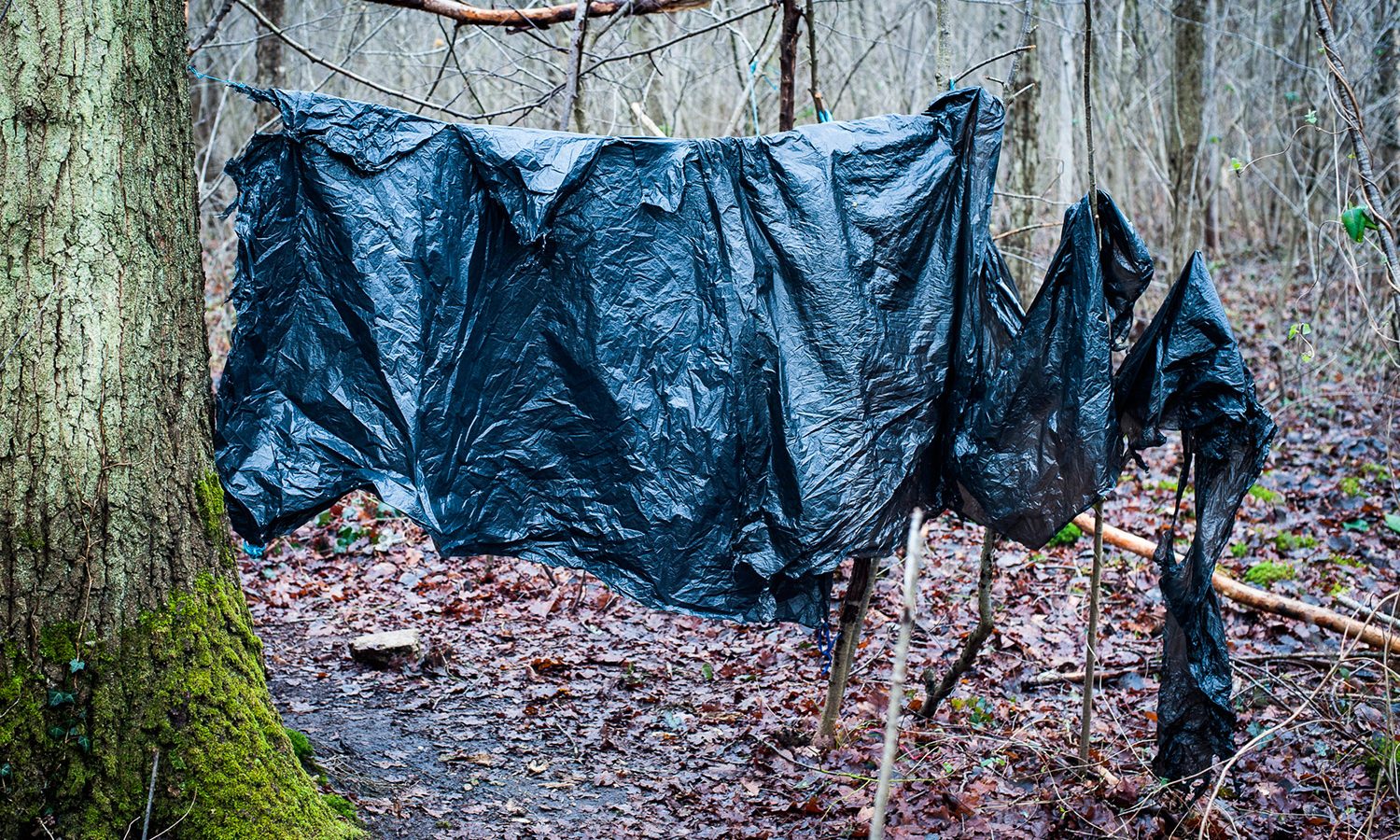
Package Services: Prostitution in Paris Forests
For about fifteen years, prositution has blossomed in the suburbs of Paris — Marly-le-Roi, Saint-Germain-en-Laye, Rambouillet, Fontainebleau, Melun-Senart. The sex trade came here after 2003 when a law was passed in France prohibiting the harassment of passersby in public places. In 2016, the document was amended and now the blame for paid sex is on the client.
In the forest, women, transvestites, transgenders, and cisgender men (less than 10%) hang plastic bags on trees. This is a signal that a prostitute is somewhere nearby — and a kind of a totem.
In his series, Totem, French photographer Philippe Fourcade tried to give deserved credit to a representative of sex industry. He calls his work a sad song to praise those people, a story of lost love and despair, an allegory of the demise of our society.

French photographer, musician, teacher, organizer of art events. Participant of Odesa Photo Days.
— What we know about women and men who offer sex services in the forests under Paris:
— most often, they come from Eastern Europe, South America, or Africa, but they may also be the old-timers from Paris boulevards;
— these people work in horrific, almost medieval conditions;
— forest prostitutes go to work under any weather conditions — wind or rain, snow or cold;
— you can see them every day, including weekends (even a family with small children can stumble into a prostitute with her client).
In this so-called civilized society, sexuality, and especially the issue of prostitution, still remains taboo. The consumer of sex services in the forests under Paris, in a way, goes back to prehistoric times, before Homo sapiens.
These people work in horrific, almost medieval conditions.
In Latin, ‘sapiens’ means ‘smart, wise, careful’, and homo — human. But is there anything human in satisfying your sexual desires in minus ten deep in the woods? And what smart is there about insisting on unprotected sex with a prostitute? Meanwhile, clients in France insist on having sex without a condom more and more often: this way, the time they spend with a prostitute is shorter — and therefore, they have fewer risk of being arrested and fined.
Such an attitude towards sex reflects the animal nature hidden inside us.
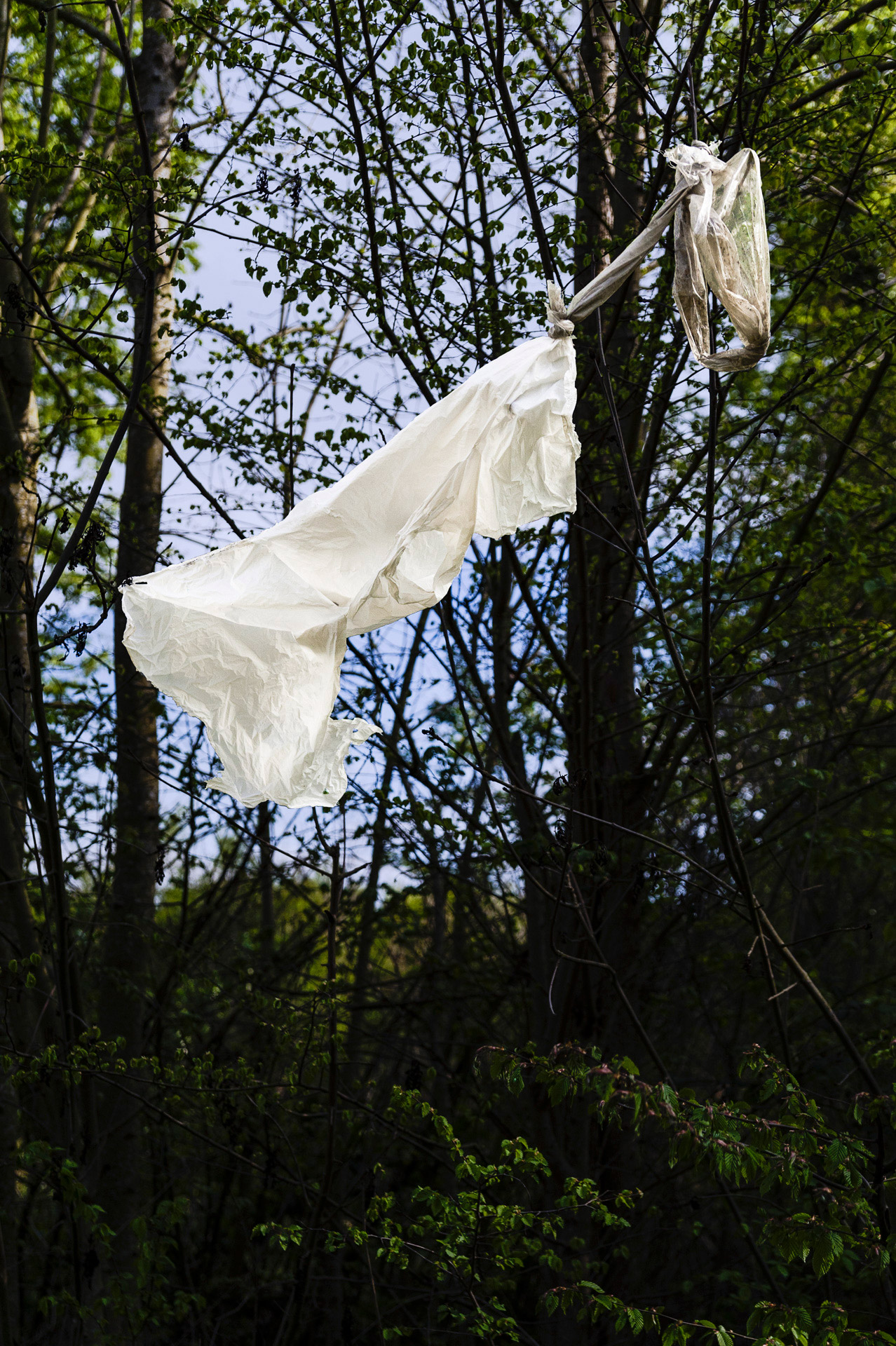
Goat
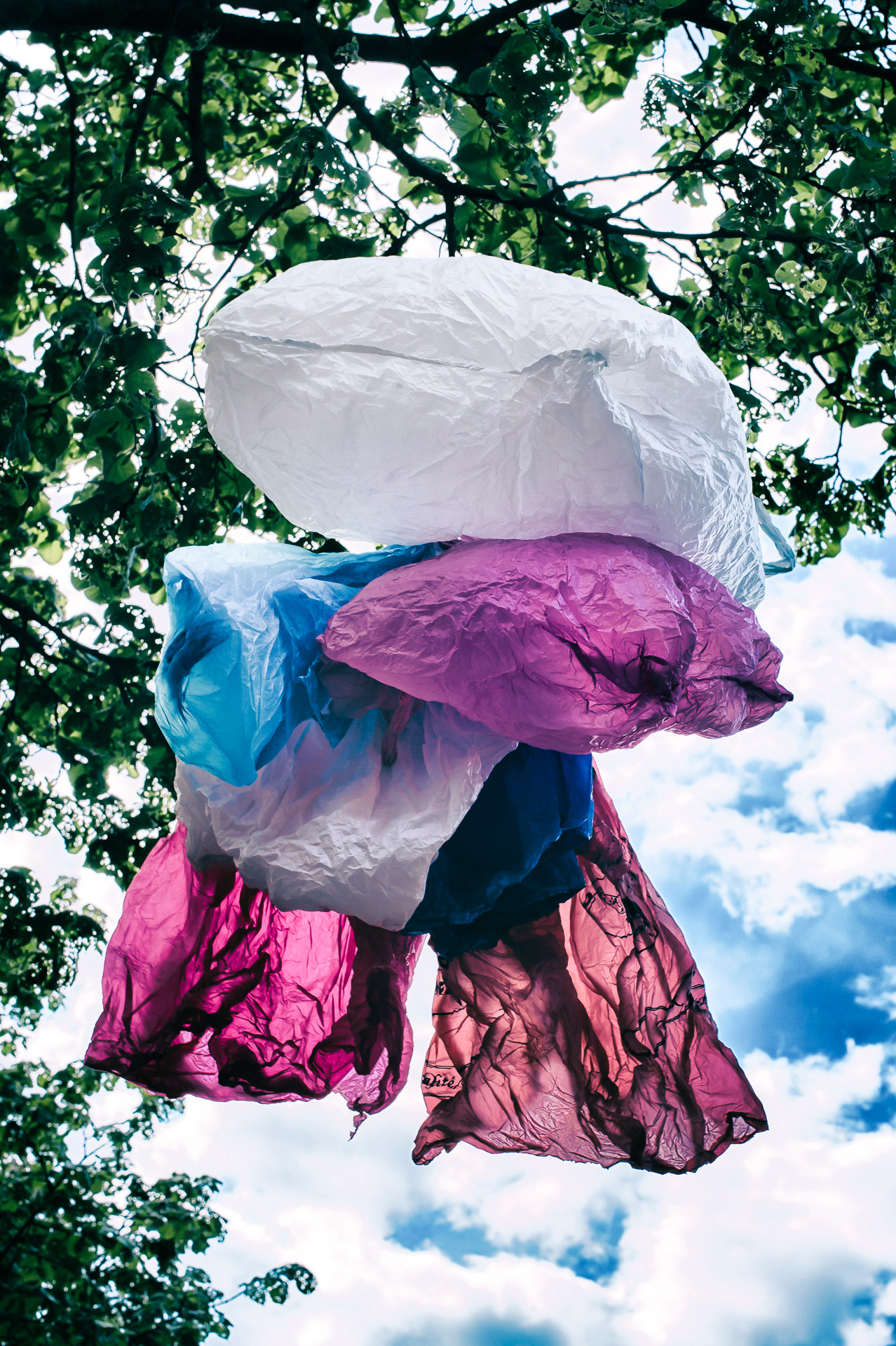
Jellyfish
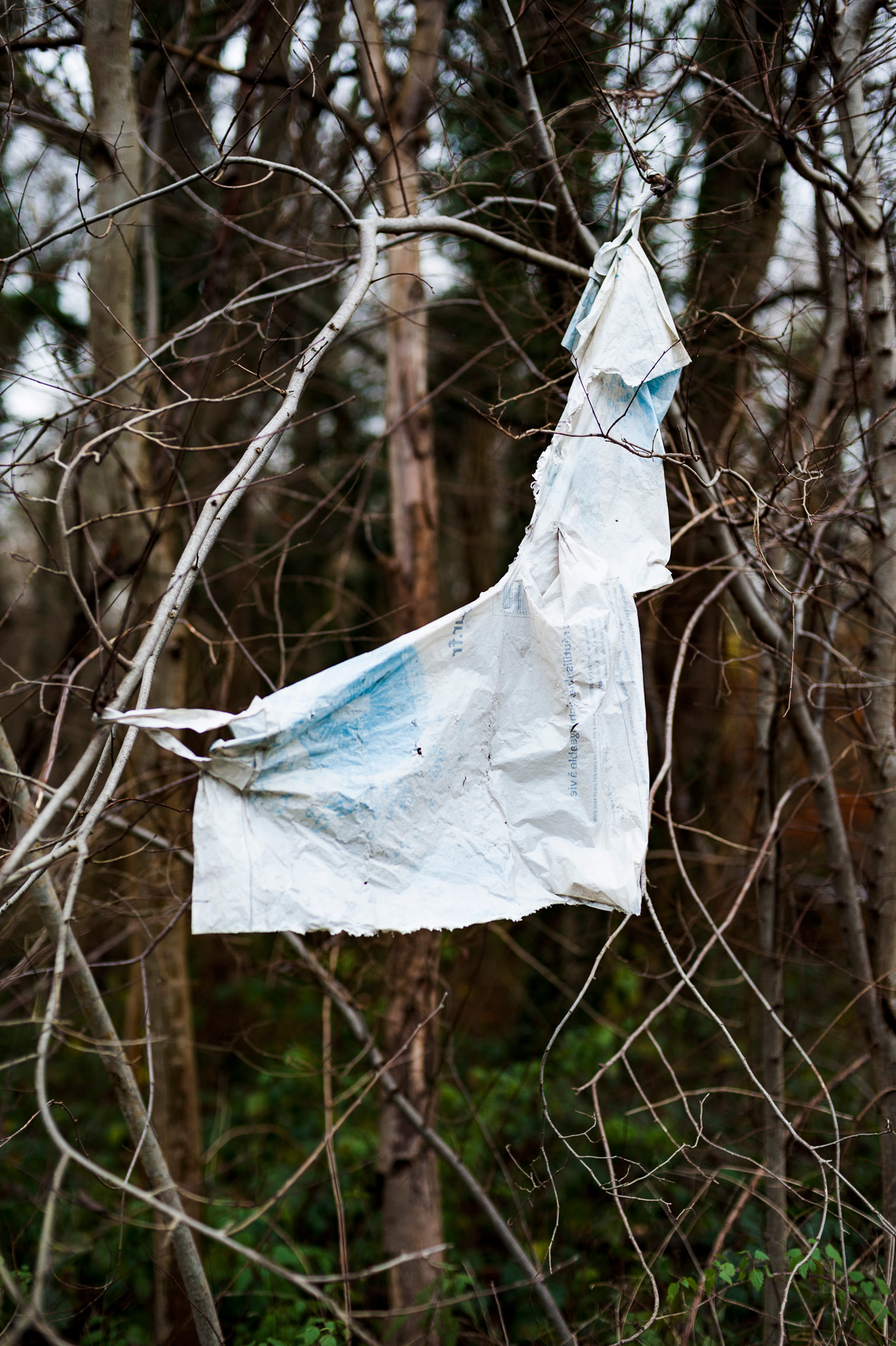
Hen
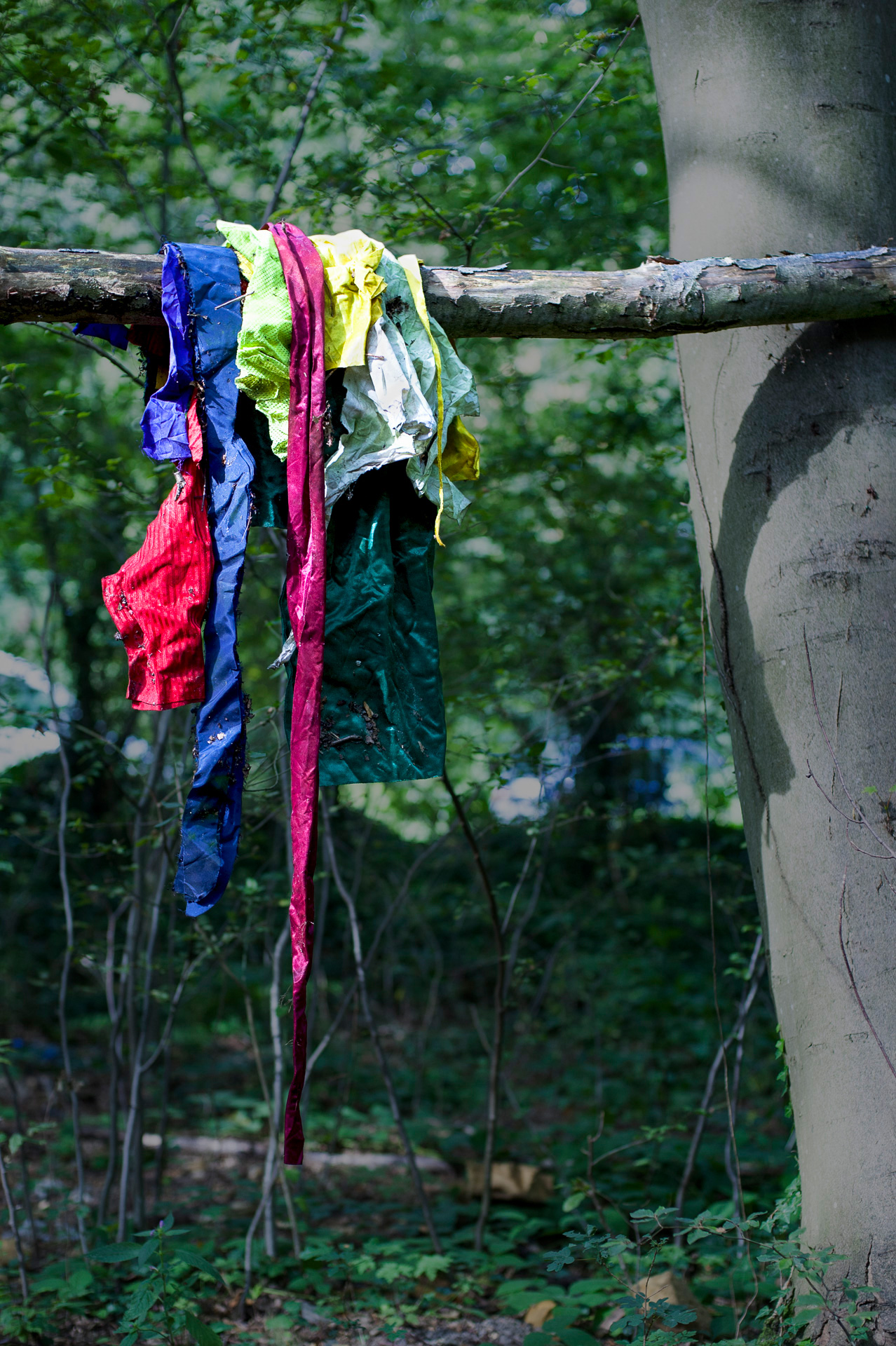
Octopus
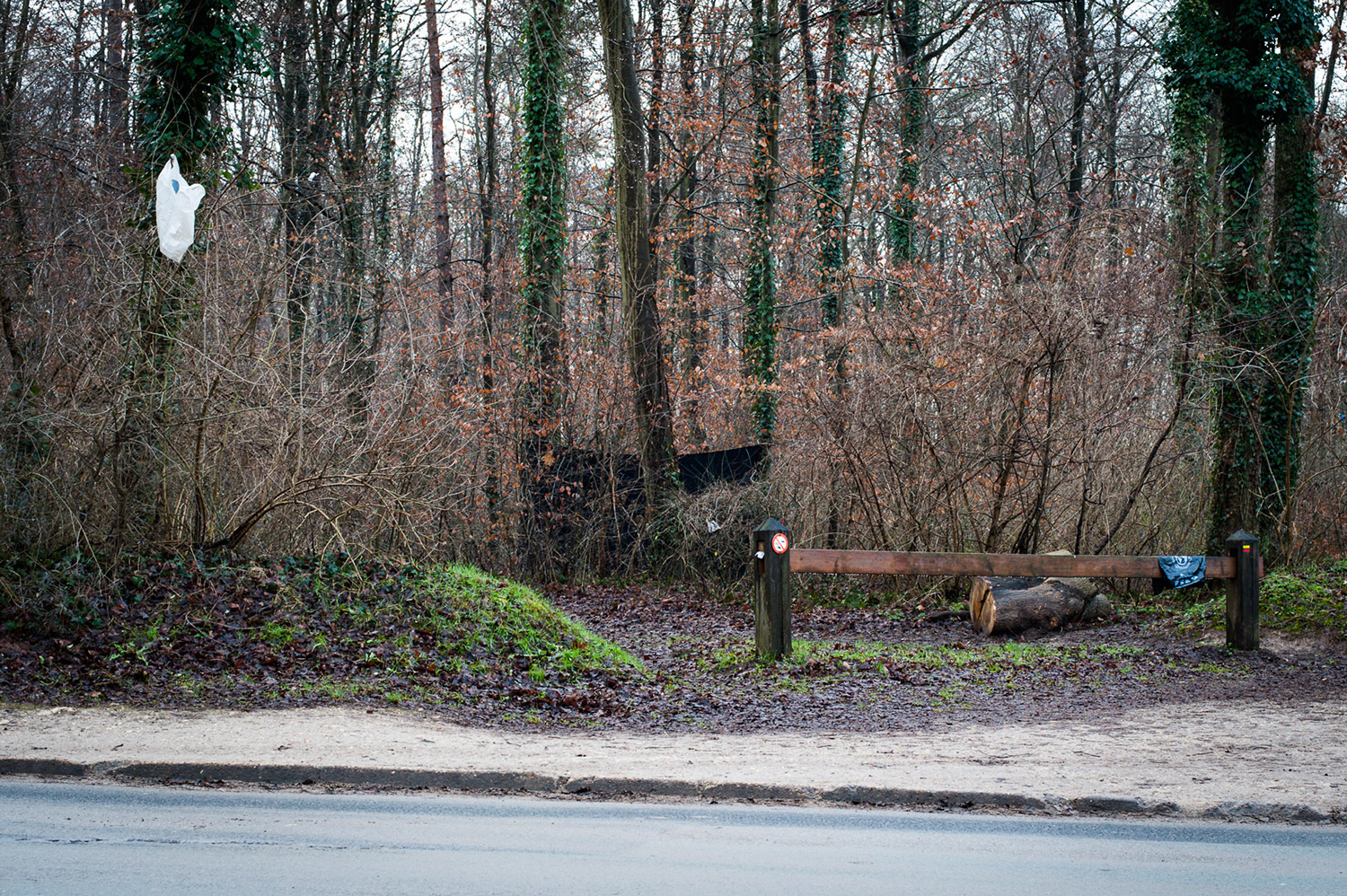
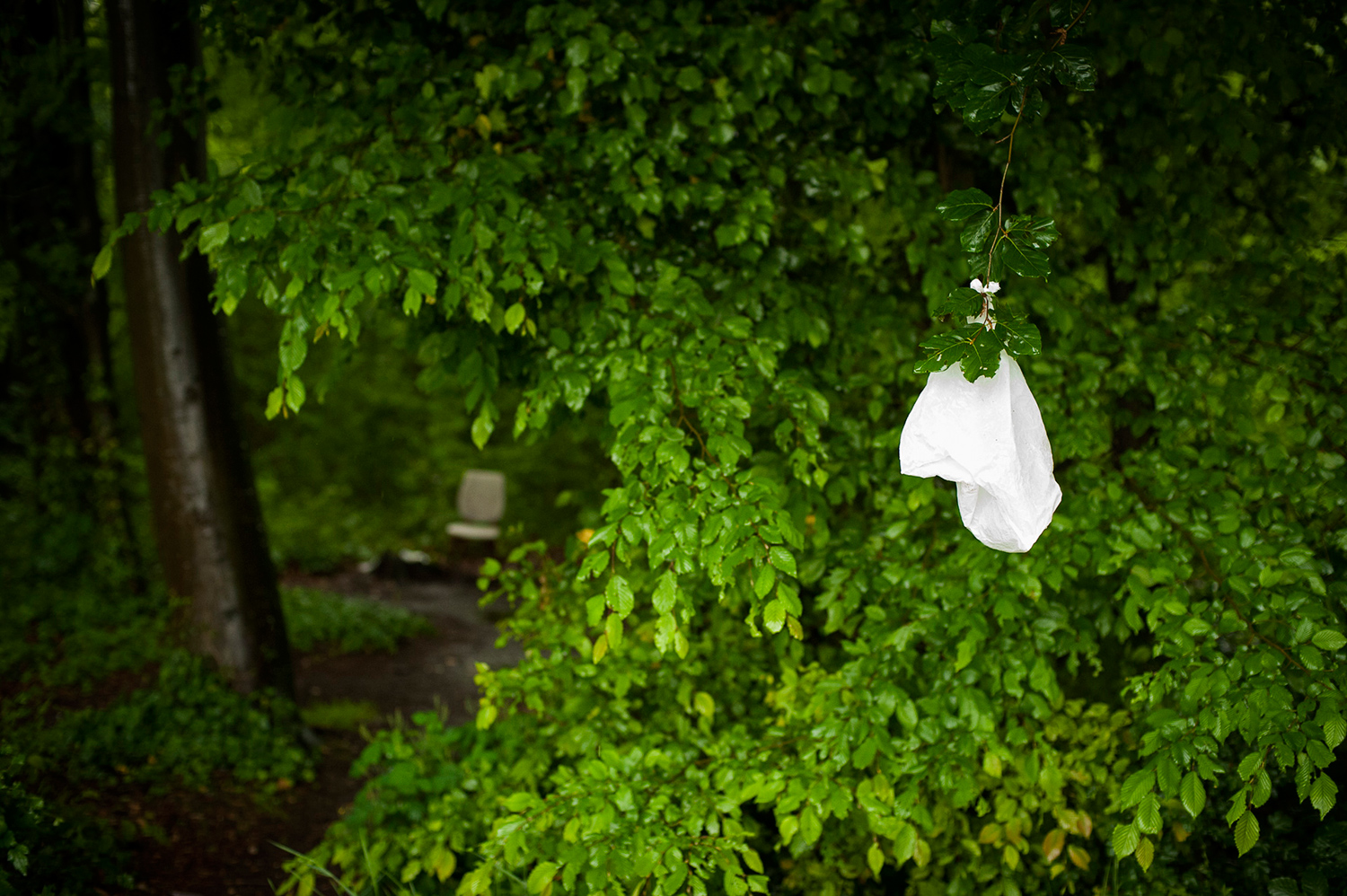
I don’t know why a plastic bag became a familiar sign, but I think this is rather symbolic — a transparent plastic bag reminiscent of a condom.
I didn’t pay attention to structures between tree branches, before I talked with a transgender prostitute from Argentina while on a walk. She introduces herself as Grace and told me that she couldn’t find another job because of discrimination: the society refused to accept and acknowledge her.
In Argentina, Grace studied fine art. Many contemporary artists hungry for inspiration would envy her totem: a stucture from plastic bags created by the sex worker was a pure example of abstract art.
Grace showed me a ‘hut’ where she welcomed her clients. This was when I first started thinking about the poverty that those women lived and worked in. I started taking a basket with cookies and coffee and treat the prostitutes — which became a good excuse to start a conversation. I showed my other work and explained that I didn’t plan on taking pornographic photos or capture the bodies or faces of people.
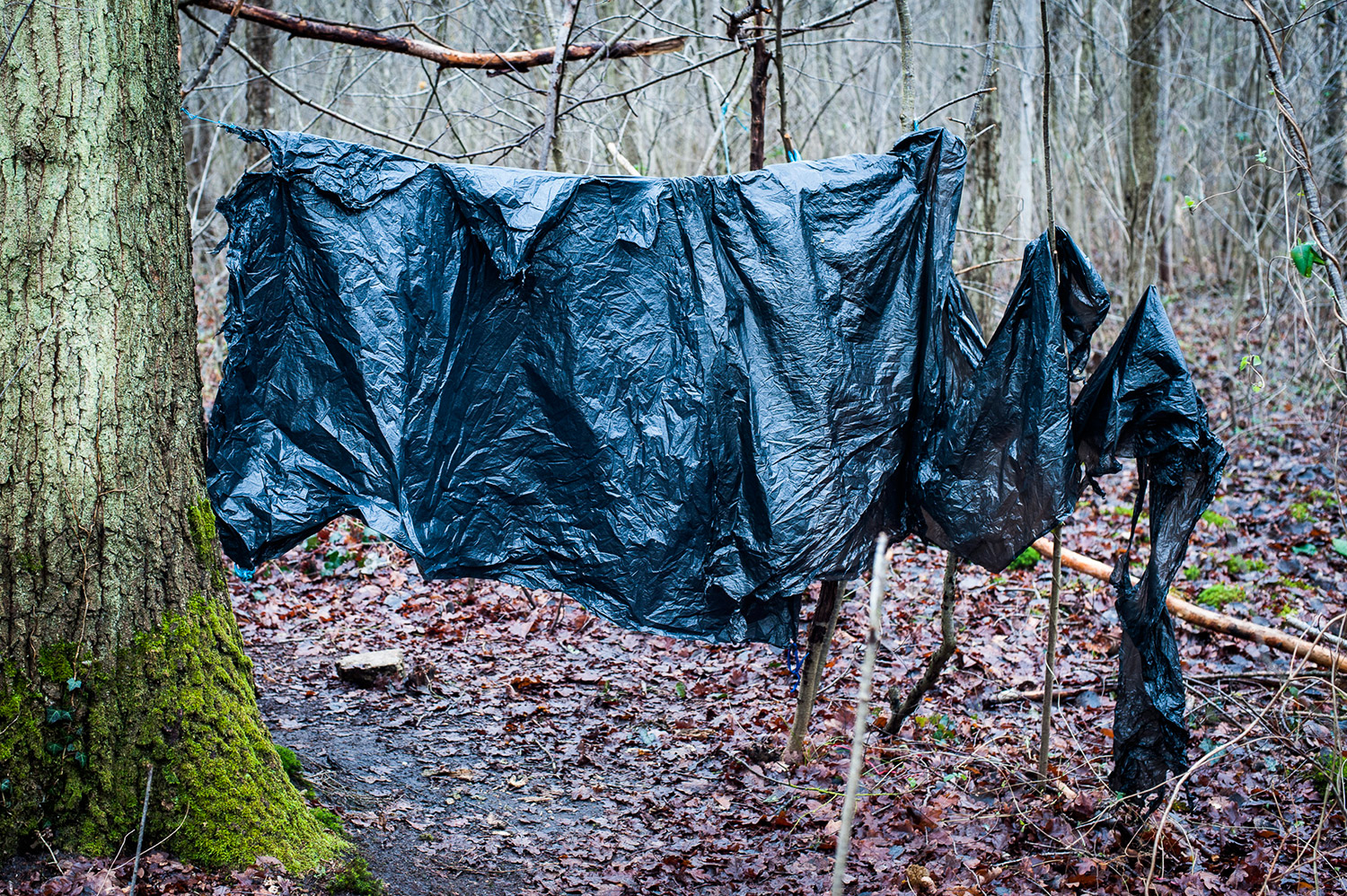
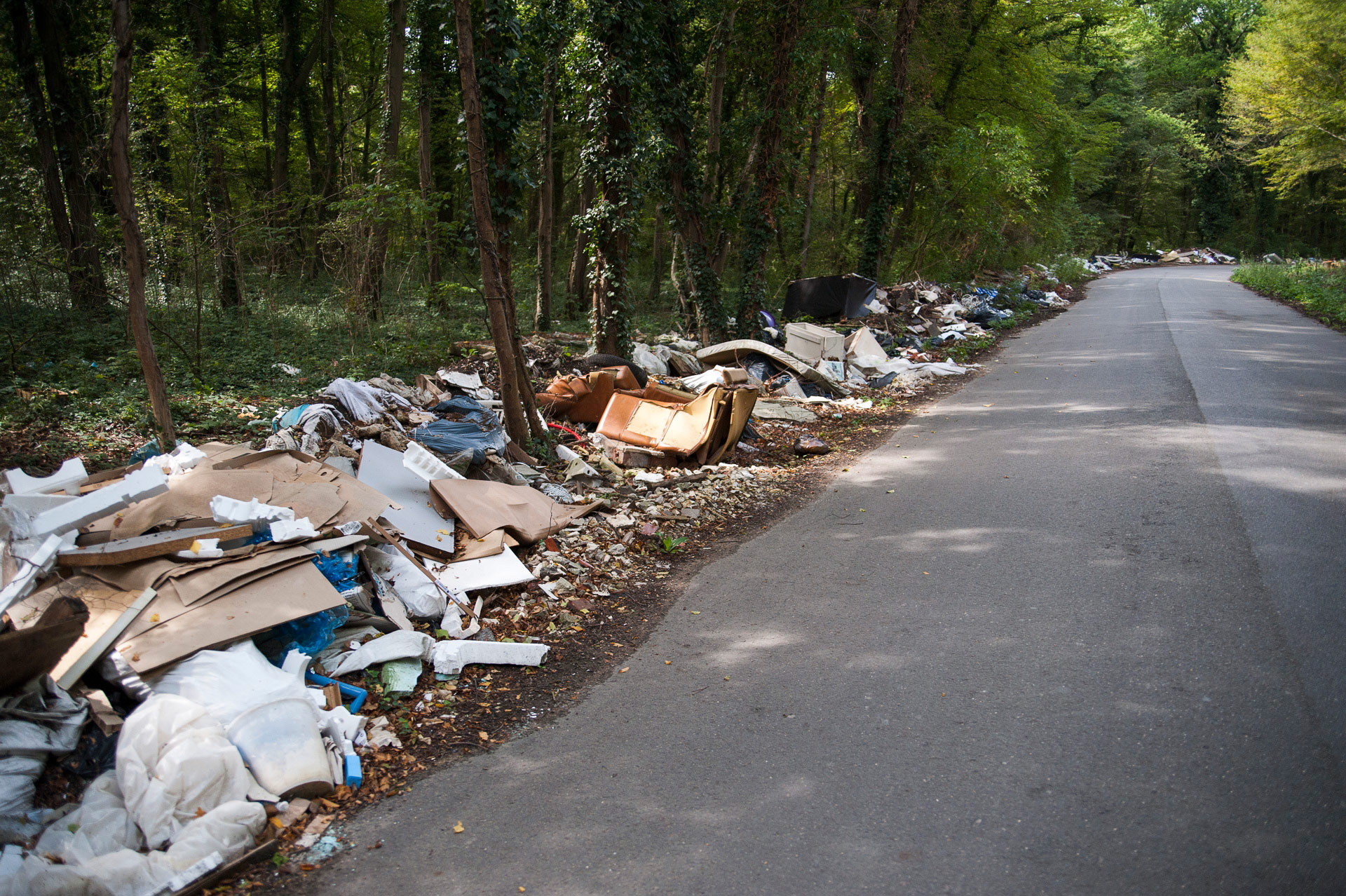
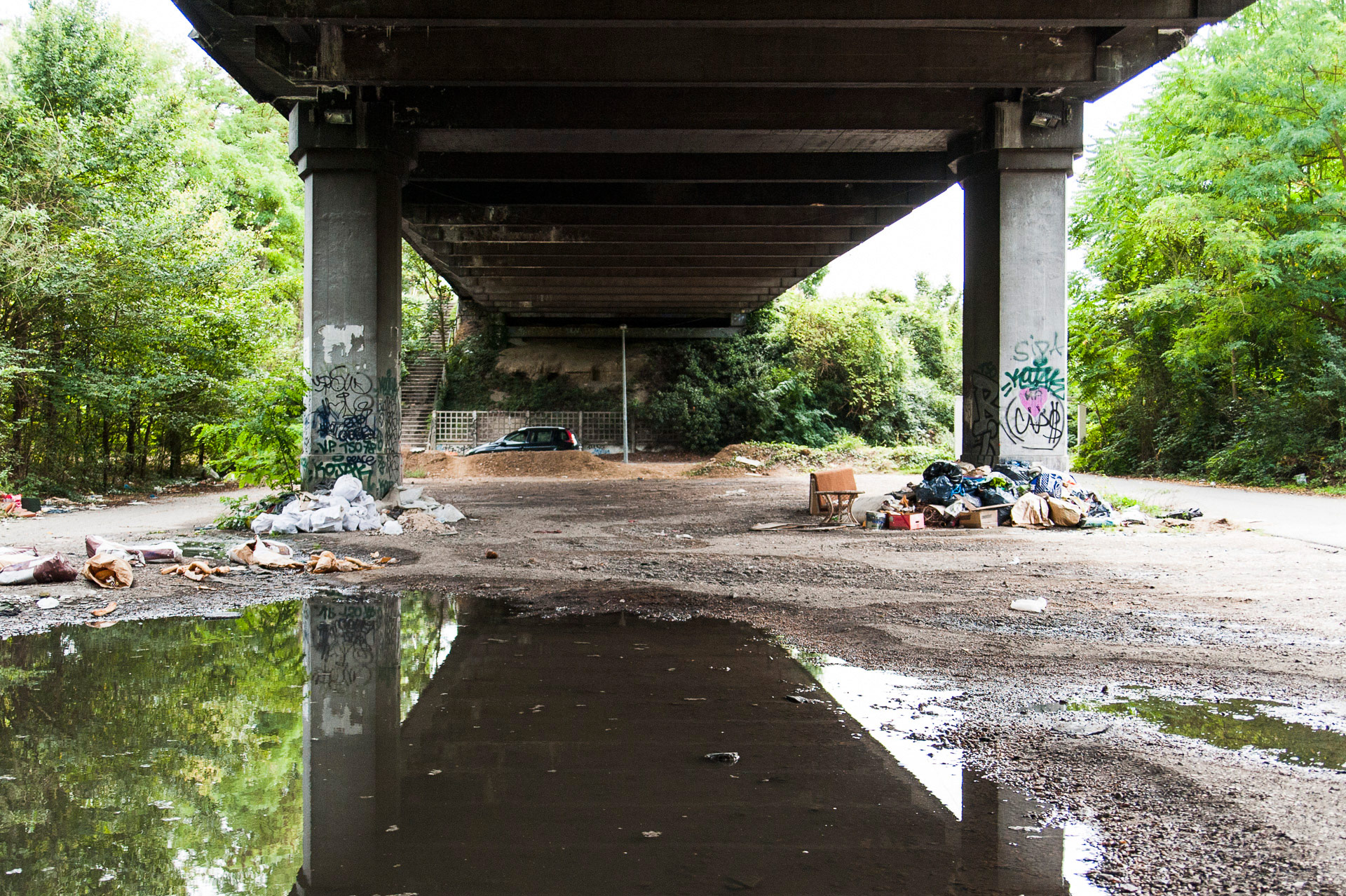
There is no typical client here: retired mushroom gatherers, runners, and cyclers, road construction workers, traveling sales managers, heads of big companies with a driver and a limousine all use the services of prostitutes. Representatives of all kinds of races and classes buy sex in Parisian-adjacent forests. Some think that they have no other choice. Others are aroused by questionable conditions of such intercourse or the opportunity to receive pleasure here and now.
The cost of services here is entirely different from the city: oral sex will cost 20 Euro, ‘making love’ — between 30 and 50 Euro. Low costs and the hope to preserve their privacy attract clients.
Most of the heroines (and heroes) of the project said that they were working for themselves. However, in reality many prostitutes drive several kilometers from the station to the forest with their pimps.
Most women who sell themselves in the forests are single mothers. They tell their friends and relatives that they earn their living by cleaning other people’s houses. I didn’t take any portraits for this project — respecting the privacy of heroines and for their safety.
Most women who sell themselves in the forests are single mothers.
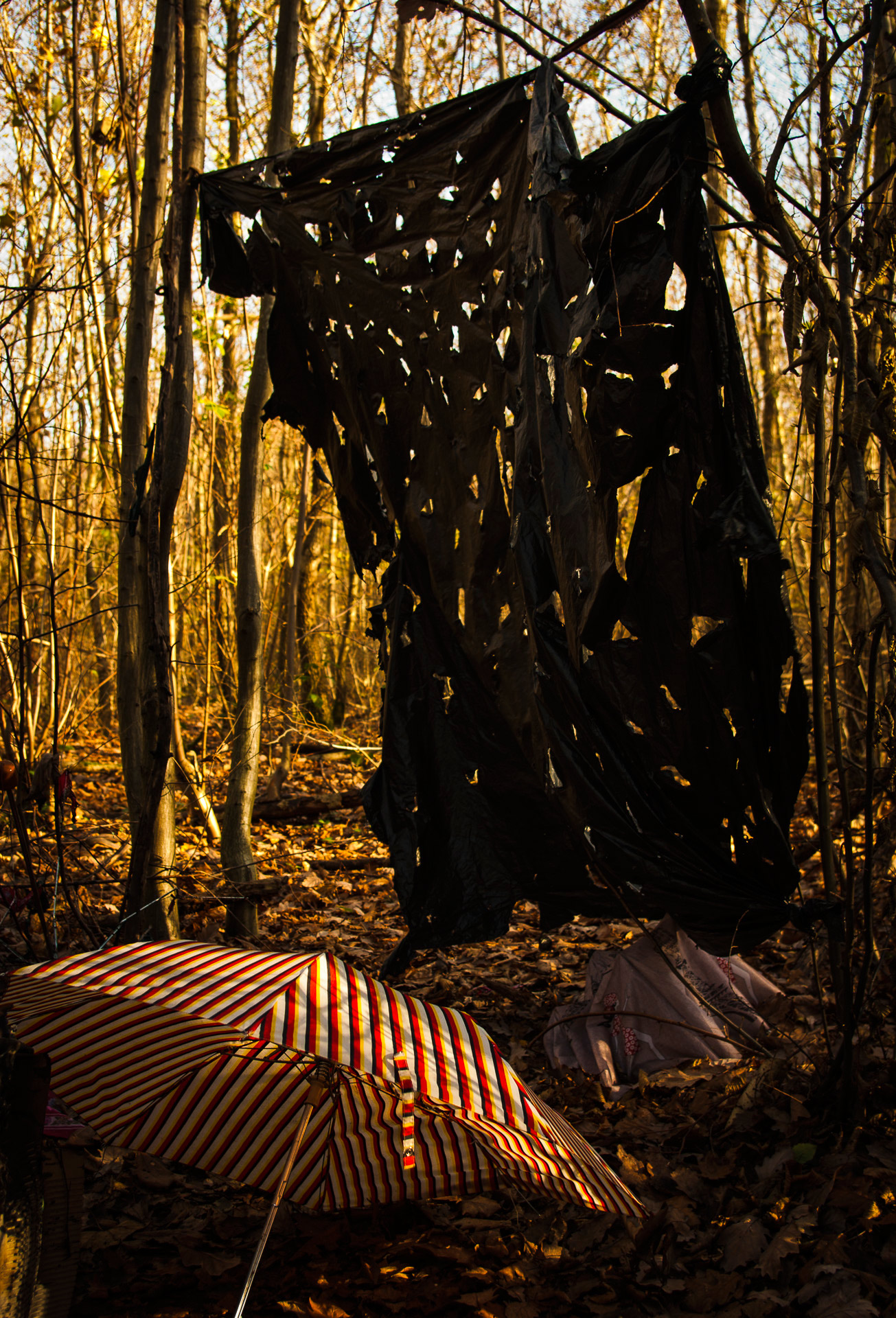
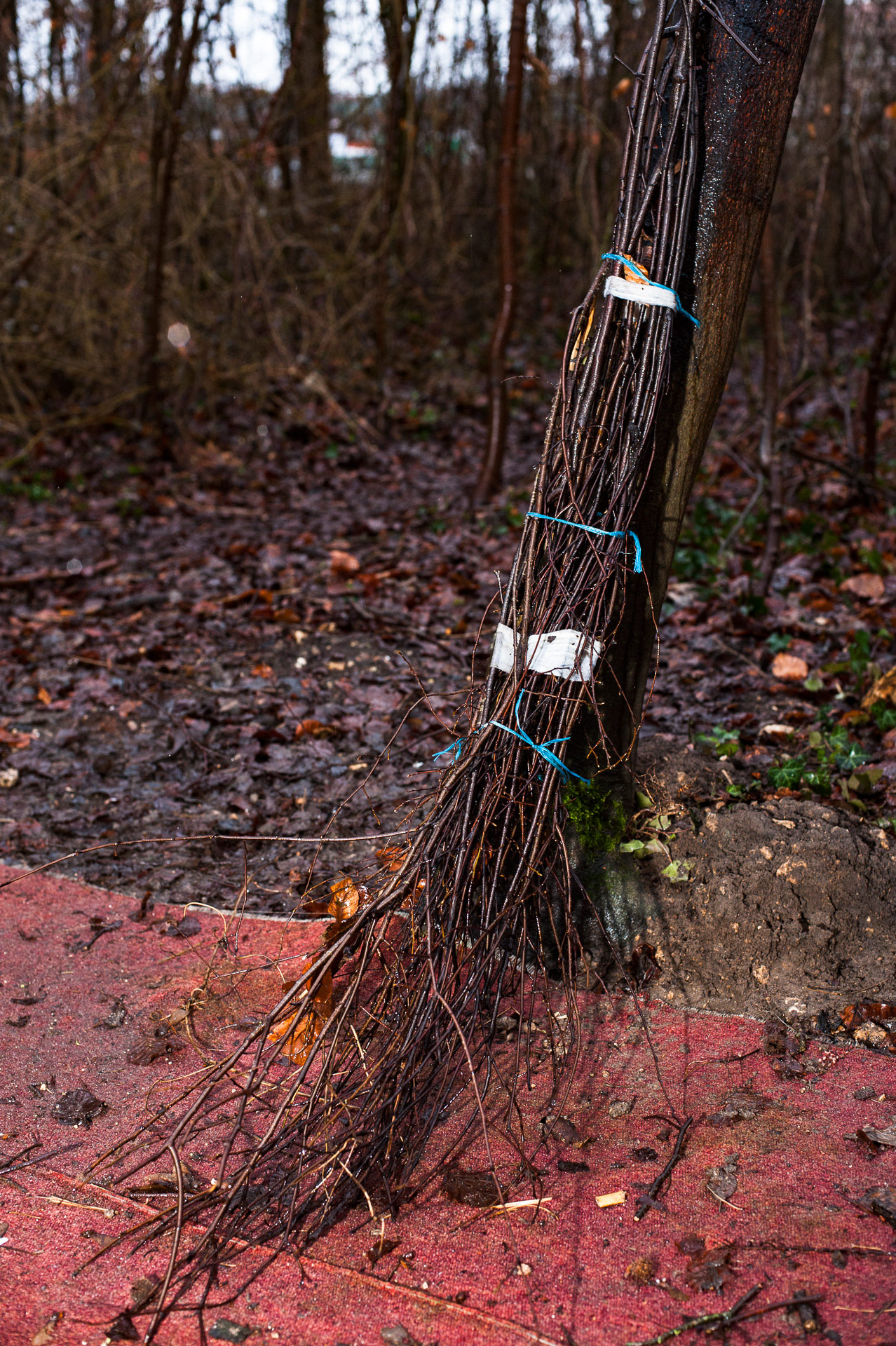
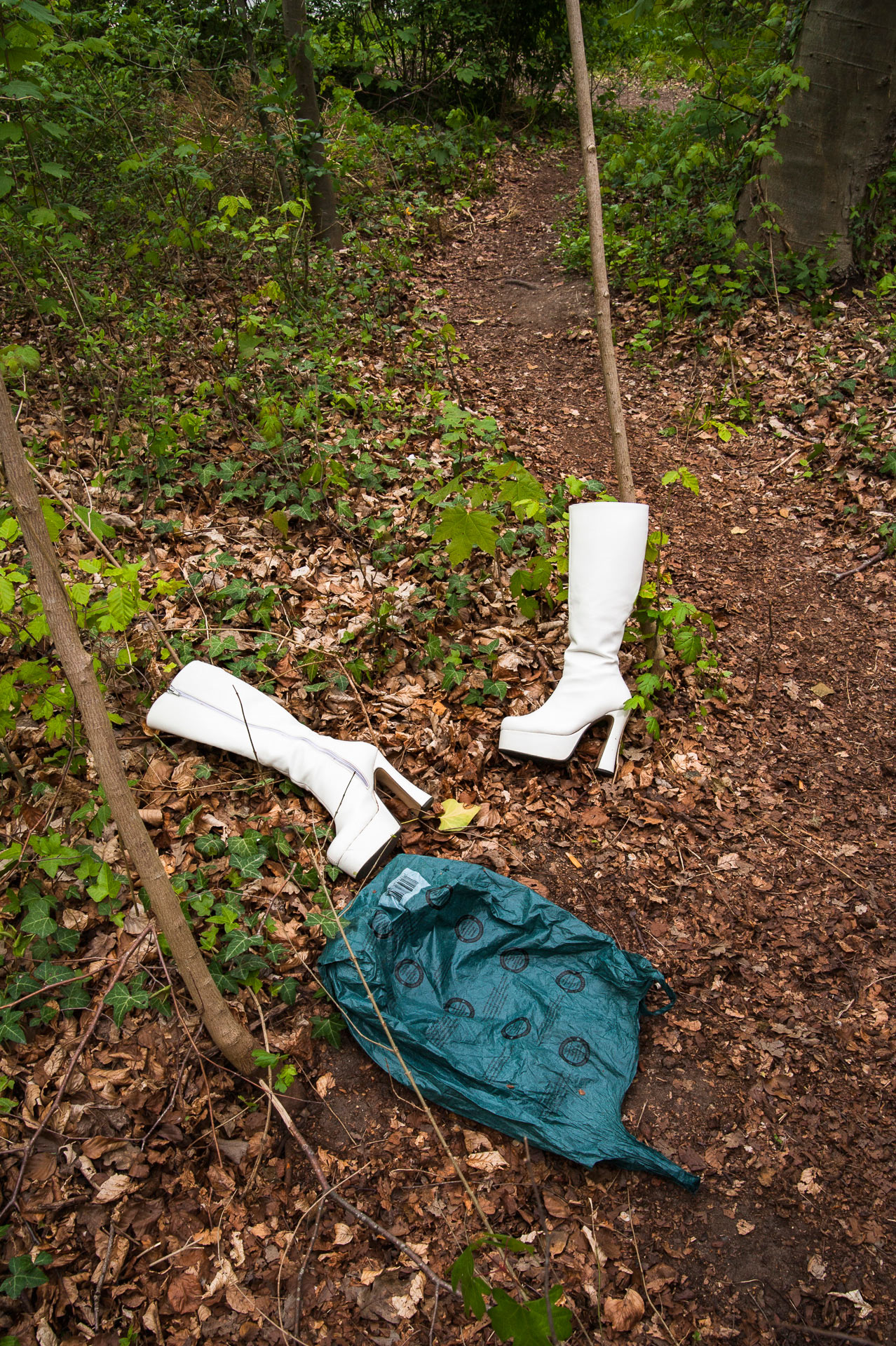
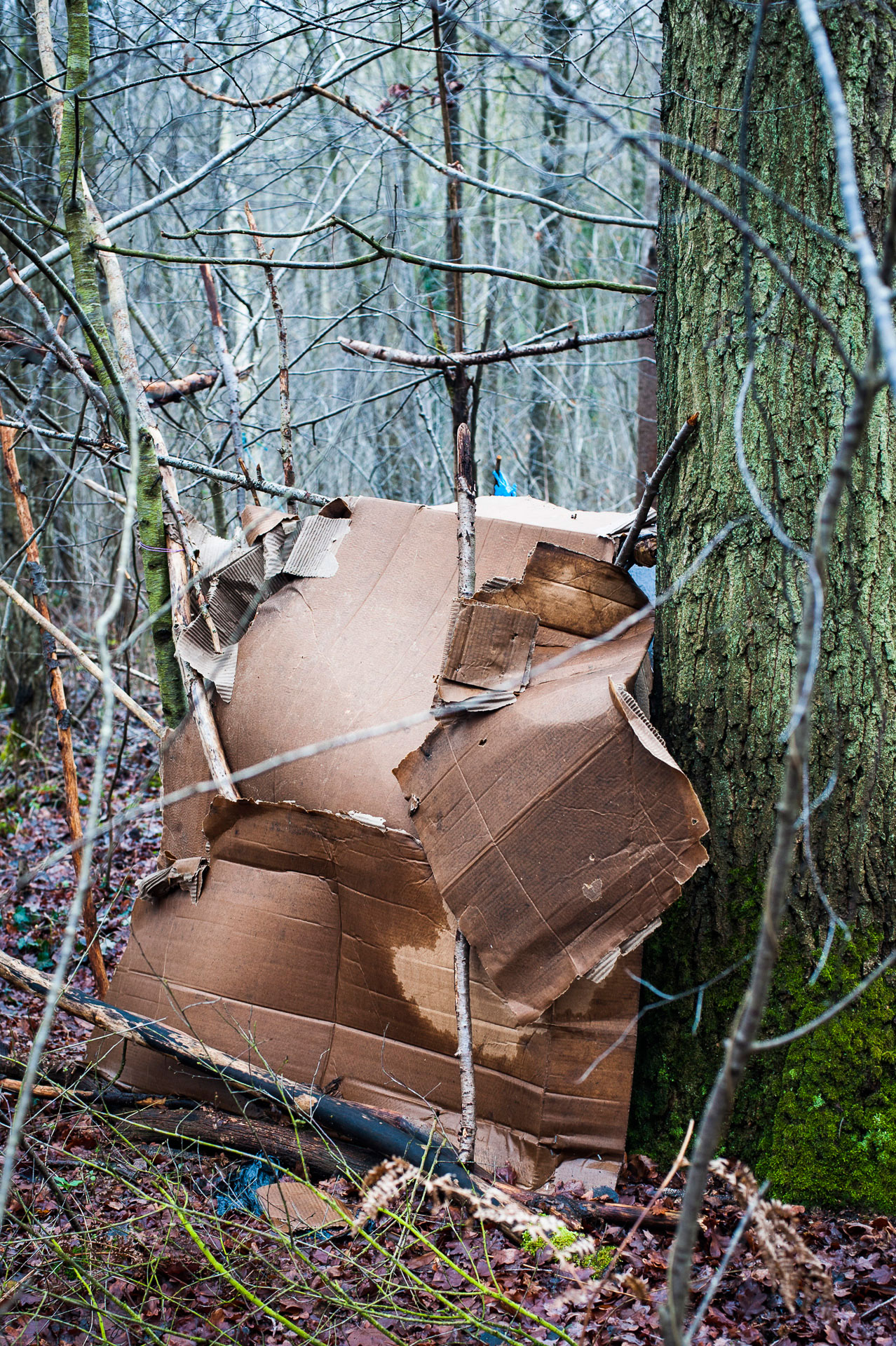
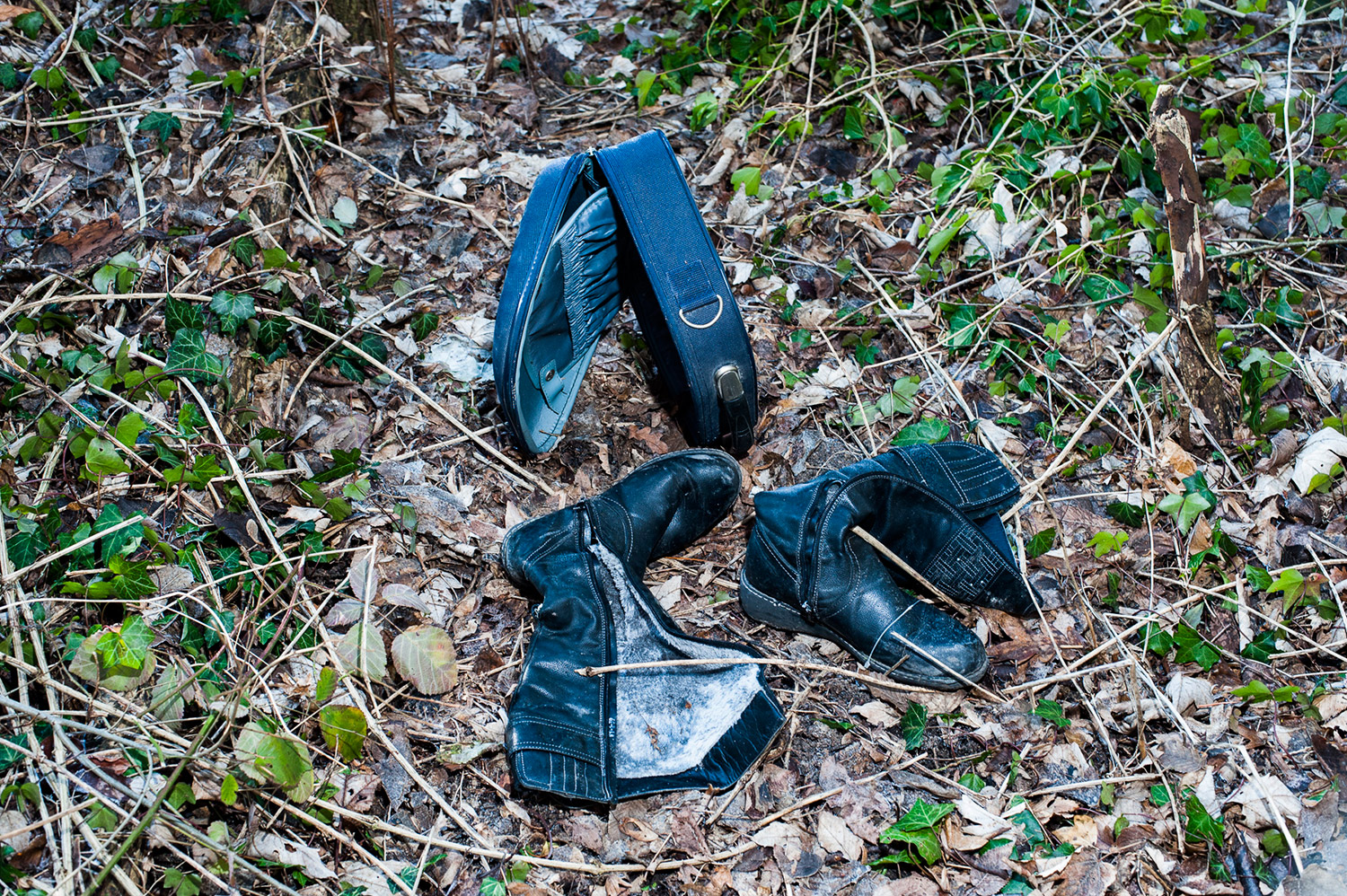
Local prostitutes have other problems in addition to societal isolation and poor working conditions. For instance, they constantly face aggression — both from clients and pimps and from their competitors. Violent attacks and even murders aren’t something out of the ordinary, but finding out exact statistics is difficult for obvious reasons.
If a prostitute does not completely disassemble her ‘hut’ in the evening — the makeshift shed where she has sex with her client — she will inevitably find it broken, ruined, or even completely destroyed. The chairs I photographed could be moved to an entirely different place the next day — or simply be broken.
Violent attacks and even murders of prostitutes aren’t something out of the ordinary.
Most parking lots near the places with many prostitutes have been equipped with information boards that prohibit parking there on all days except Sunday and holidays during the daytime. It might be the only measure taken to drive away potential clients.
The law of 2016 shifted the responsibility to the consumer of services and was aimed at eliminating prostitution as a phenomenon. However, it did not bring any changes to this sphere, as in practice it is not implemented. Moreover, the new rules made the work of prostitutes even more dangerous. The authorities vote for such projects for their conscience and to support their image, but do not try to ensure the implementation of the law in real life.
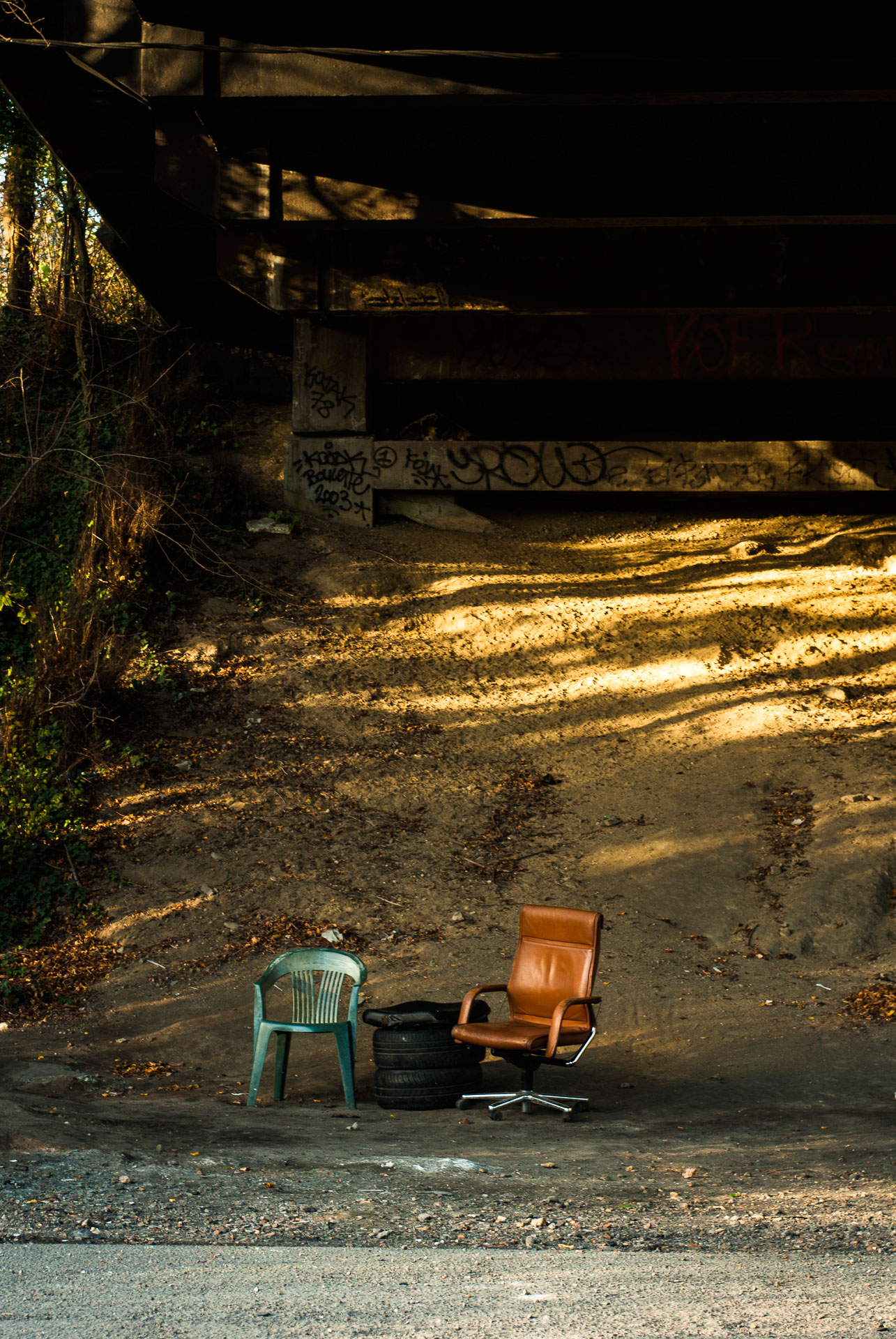
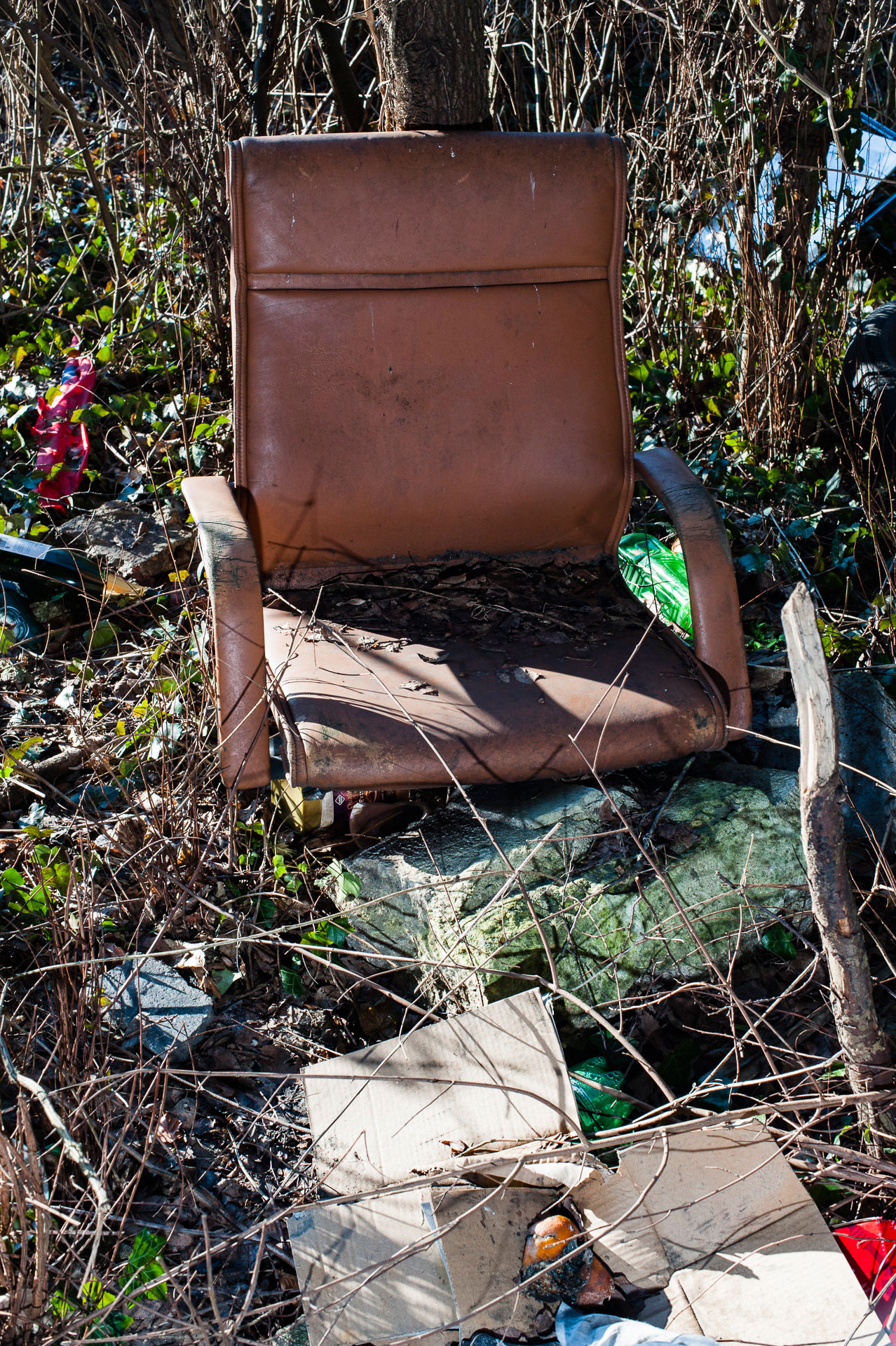
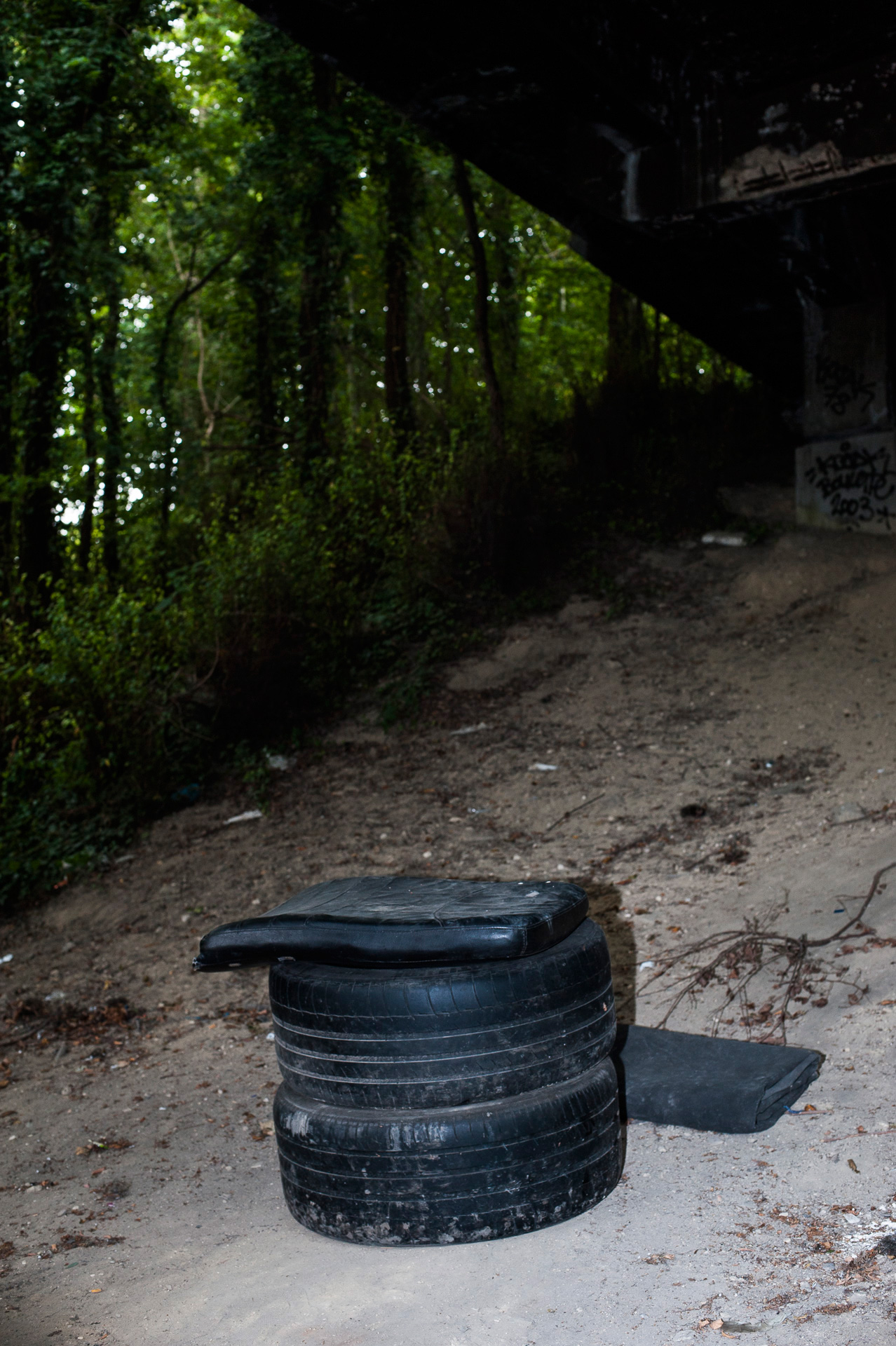
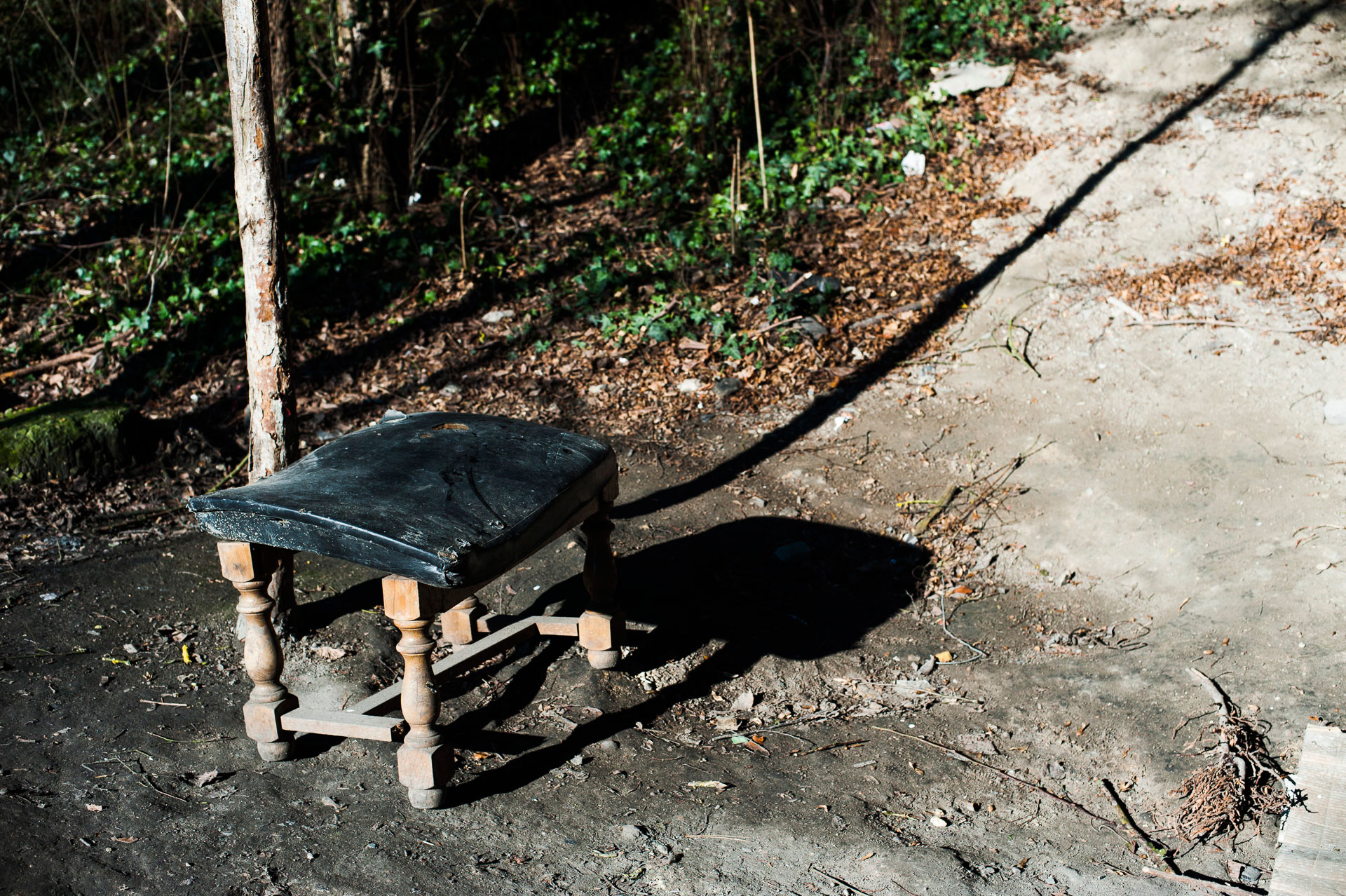
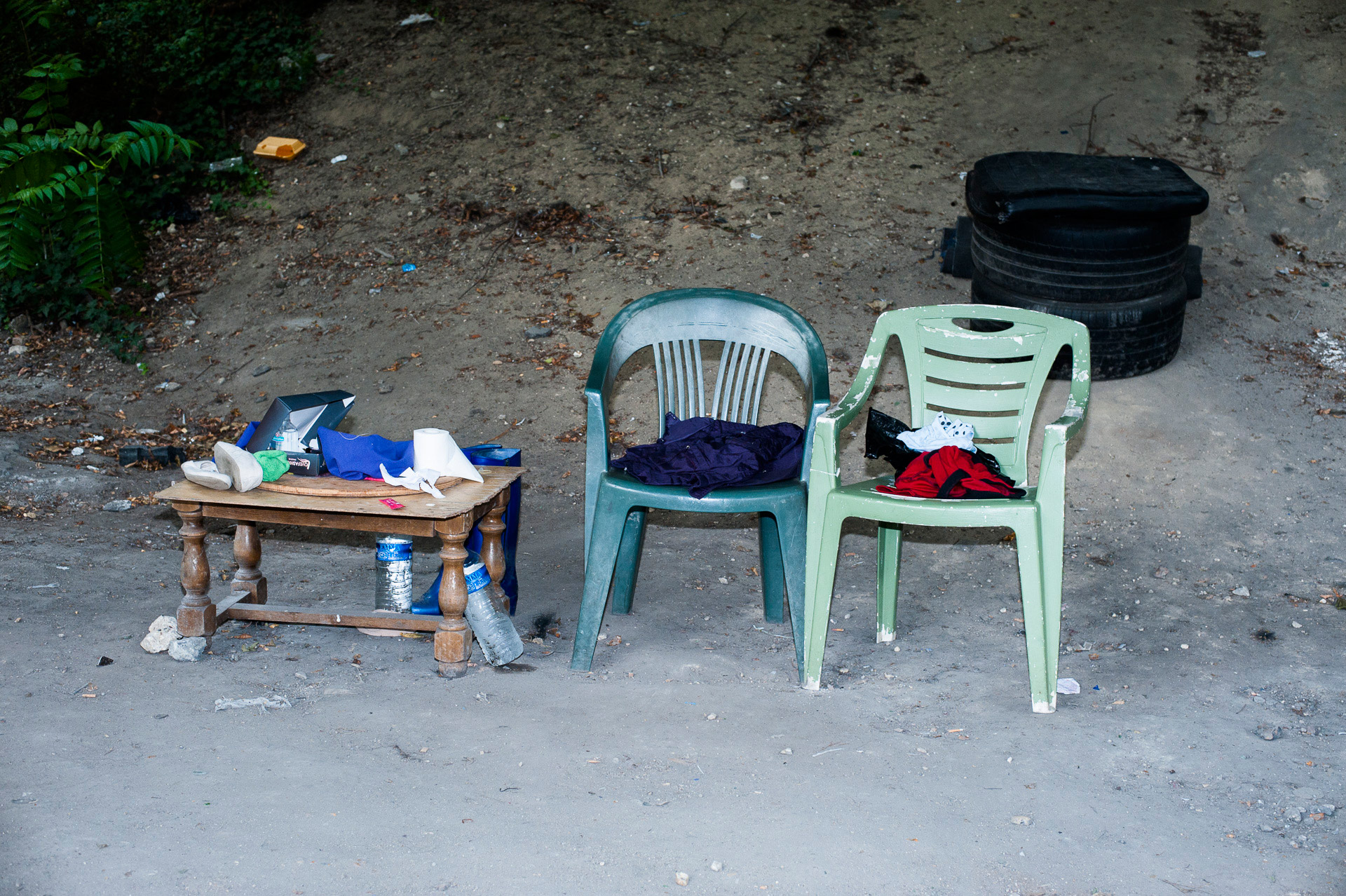
The article was prepared with the help of Dina Mingalieva.
